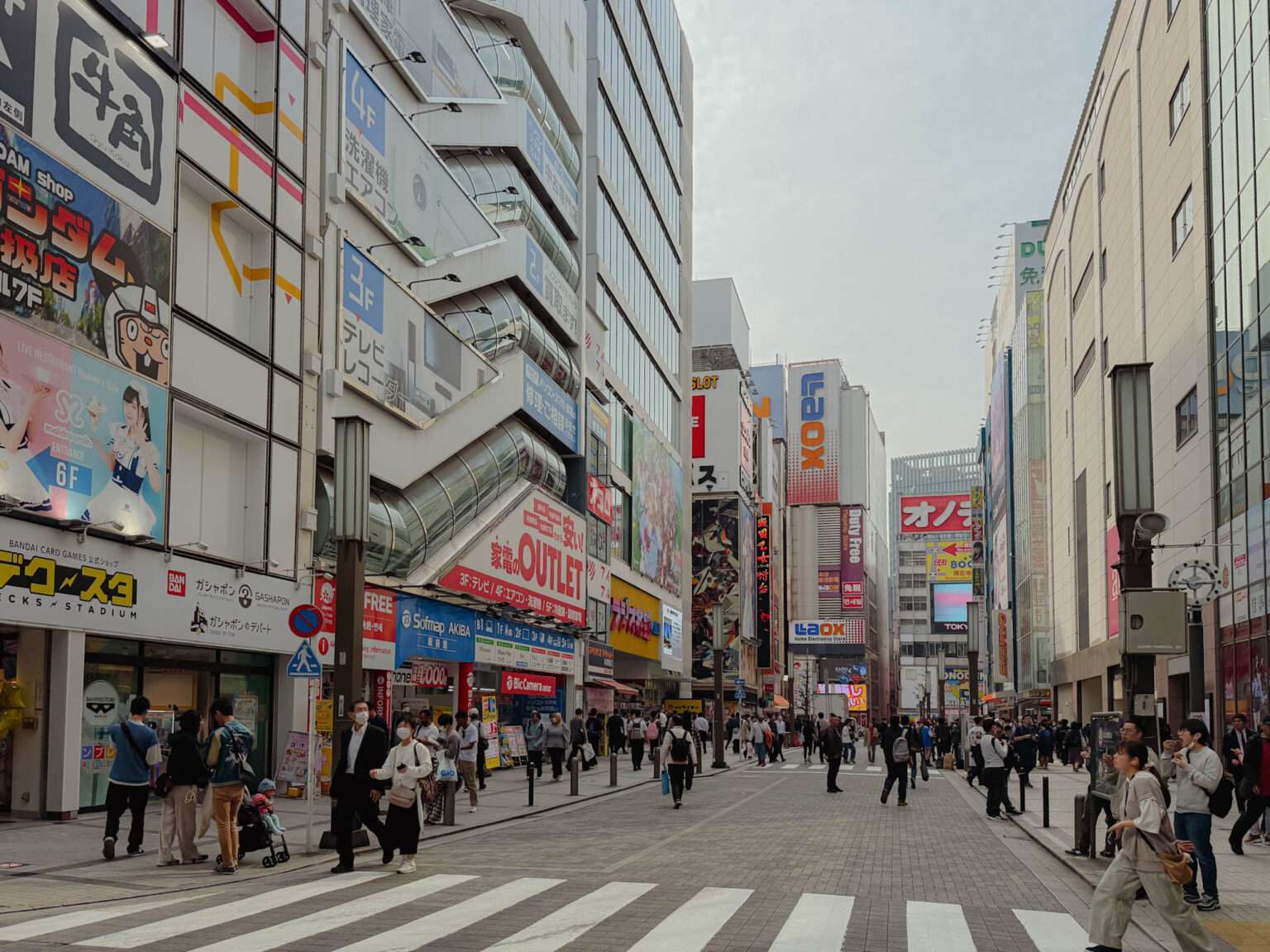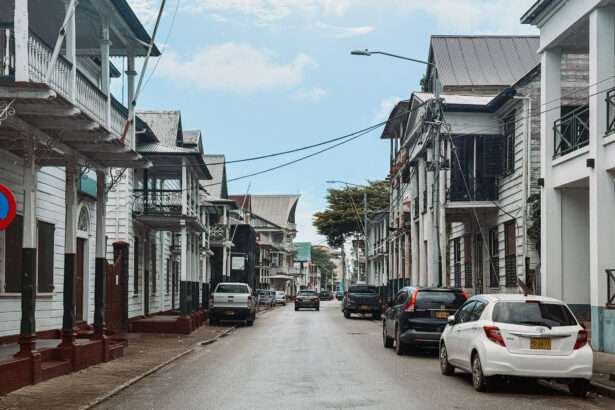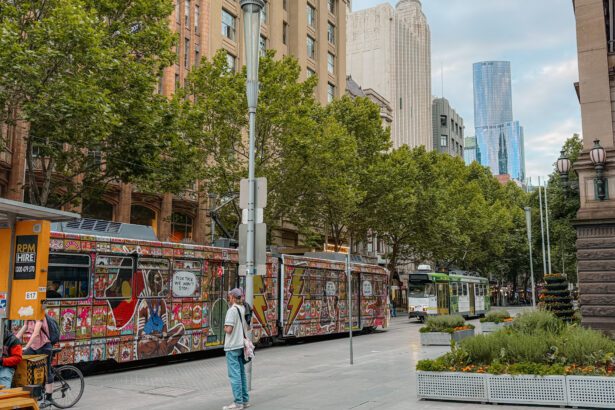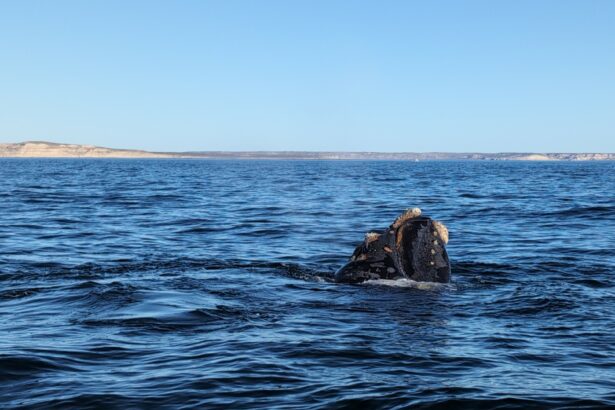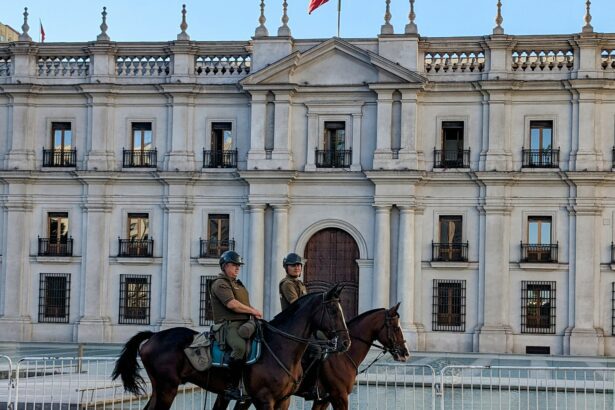Tokyo, Japan is the capital city of the country. And while it is often seen as the political and economical center of the country, there is a lot to do around the city that will introduce you to the culture of the country. There are historical, cultural, and culinary aspects to this city that makes spending time here absolutely worth it. And along with what to do in the city, there are a few day trips and overnight trips from Tokyo that really add to your experience in Japan. This 5 day Tokyo itinerary is an overview and introduction to the city. This city is enormous and you will always be able to spend more time wandering through neighborhoods, discovering local gems, shopping at local boutiques, eating at the wide offerings of restaurants, etc.
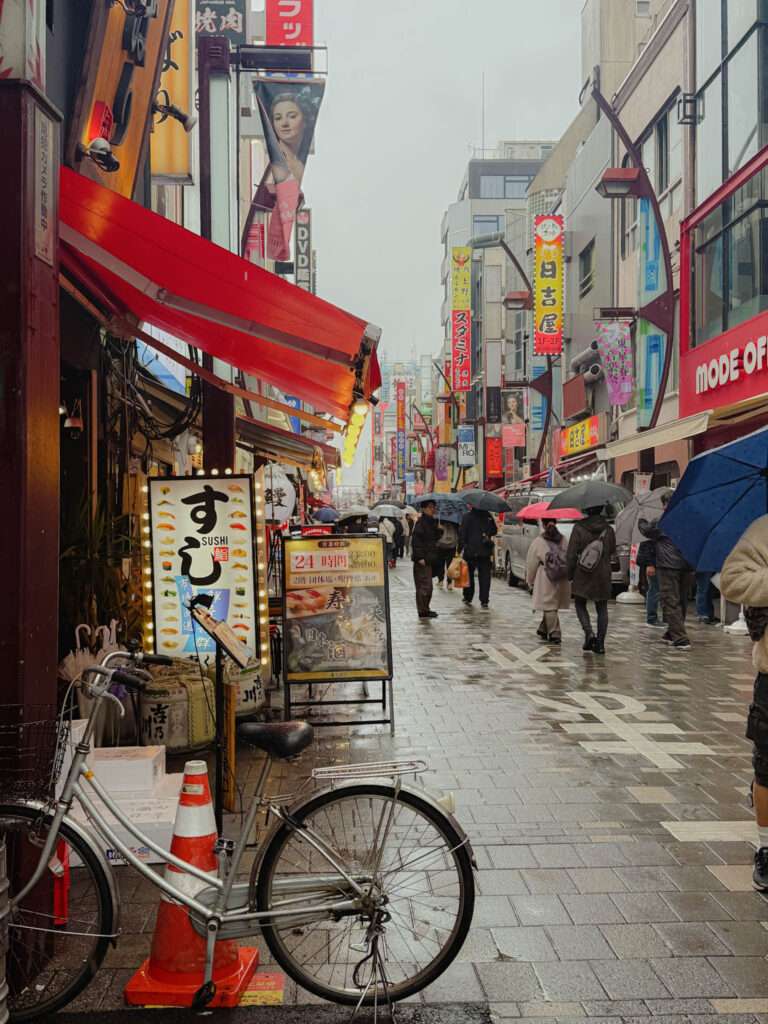
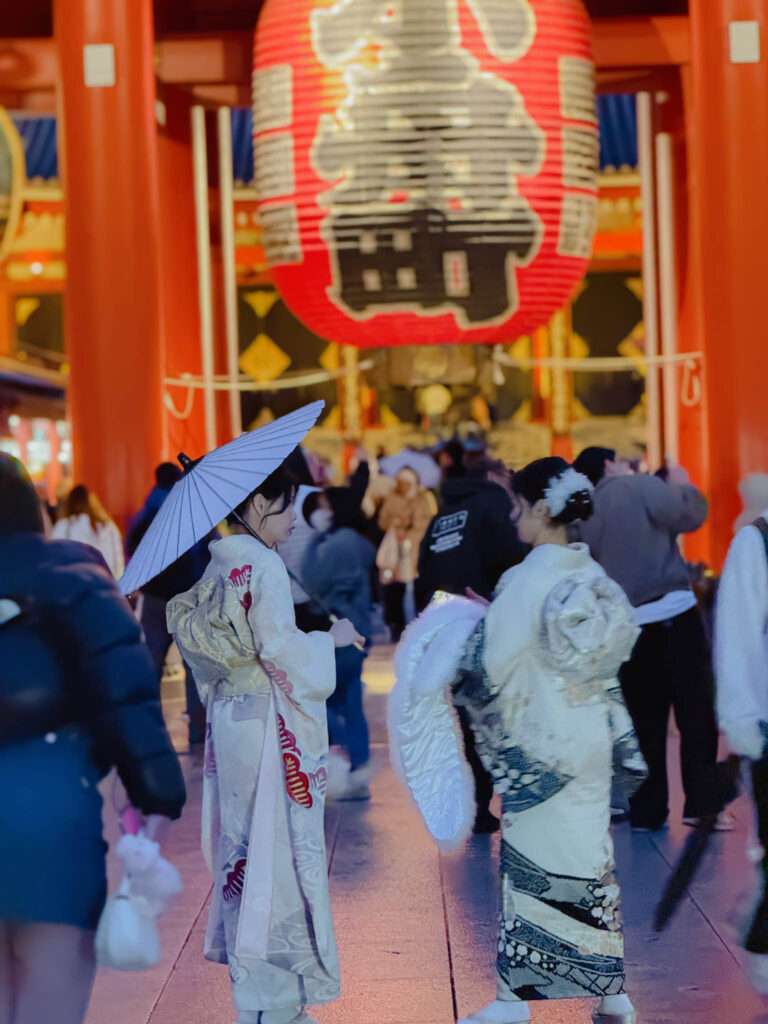
Arriving in Tokyo
From either of the Tokyo airports, you can take public transportation to get to your accommodation. The city is very well connected through subway lines and even with a transfer or two, taking the metro is a smooth way to get into the city.
Day 1: Discovering Tokyo
Free Walking Tour
Neighborhood:
Akihabara
Nearest Station:
JR Akihabara Station
Time:
10 or 10:30 AM
Duration:
3 – 4 Hours
We often recommend starting the discovery of a new city with a walking tour, and this is no exception for this Tokyo itinerary. These tours will often give you a strong background into the local history and culture of the city and country. And for a place as large and complex as Tokyo and Japan, starting your time and experience with a guided tour is ever more important.
Tokyo Localized is a local walking tour company that provides both free and paid tours of various parts of the city by locals of Tokyo (or expats who have lived here for years). They have a number of different tours throughout Tokyo that can guide you through various neighborhoods. And the night tours highlight the strong nightlife of these neighborhoods.
We recommend starting your time in Tokyo with their Flagship Walking Tour of Tokyo. This tour takes you from the Akihabara neighborhood of Tokyo (known for its electronics stores), through the Ameyoko Shopping Street, and to Ueno Park. You will also learn about the culture and protocol of visiting temples around Japan and get to visit one with the guide.
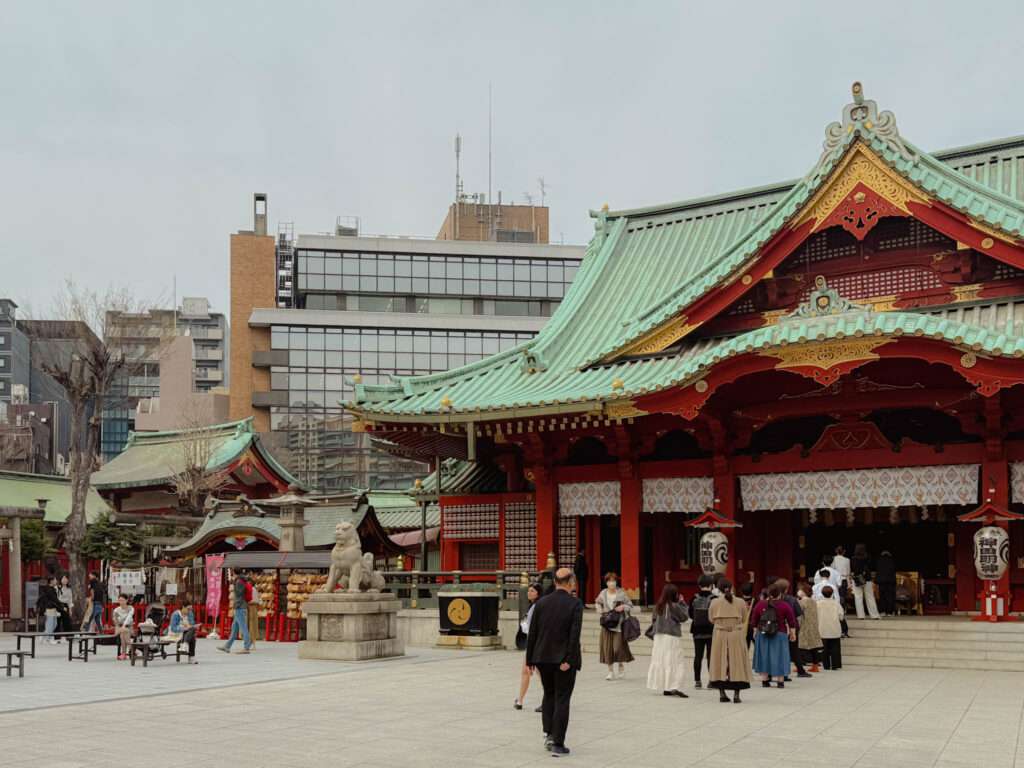
Lunch in the Ameyoko Shopping Street
Neighborhood:
Ueno
Nearest Station:
JR Okachimachi Station or JR Ueno
After the tour, head back to the Ameyoko Shopping Street and hop into one of the many little restaurants for a quick lunch. Here you can find a variety of small izakayas and sidewalk eateries.
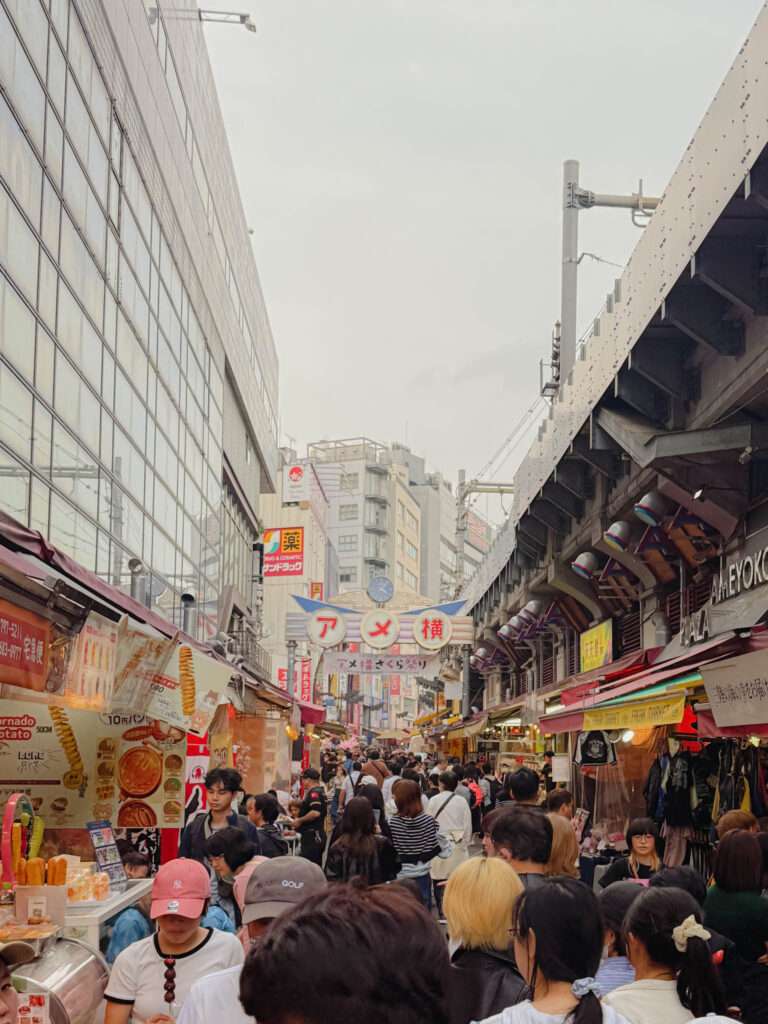
Tokyo National Museum
Neighborhood:
Ueno
Nearest Station:
JR Ueno
Duration:
2 – 4 Hours
After lunch, make your way back through Ueno park to the Tokyo National Museum. This museum houses the largest collection of Japanese artifacts that display the history and culture of this country. Some exhibitions rotate and change but they always represent an important theme, idea, or historical time period in Japanese culture. For example, in the spring, they typically have an exhibition around the Sakura flowers or cherry blossoms. This is also a great museum to include in your Tokyo itinerary if it is raining.
We recommend purchasing tickets in advance here to avoid waiting in line to purchase them on site. The TNM Collection Exhibitions is the general admissions ticket. If you are interested in special exhibition, this particular ticket includes the rest of the museum.
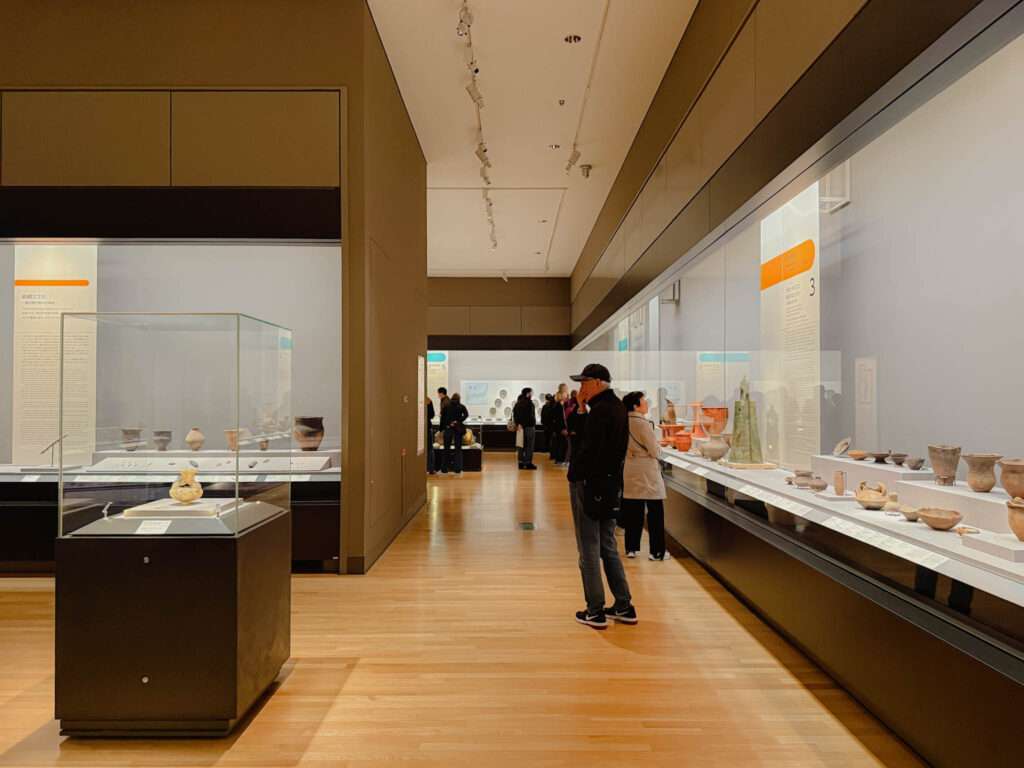
Tokyo Skytree
Neighborhood:
Oshiage
Nearest Station:
Oshiage Station
Duration:
1 – 2 Hours (depending on the crowds)
End the first day of your Tokyo itinerary by visiting the Tokyo Skytree, one of the popular towers in the city with an observation floor. The most popular time to visit this observation point is around sunset so make sure to purchase tickets at least a day in advance. It also has beautiful views of the city lit up at night after sunset.
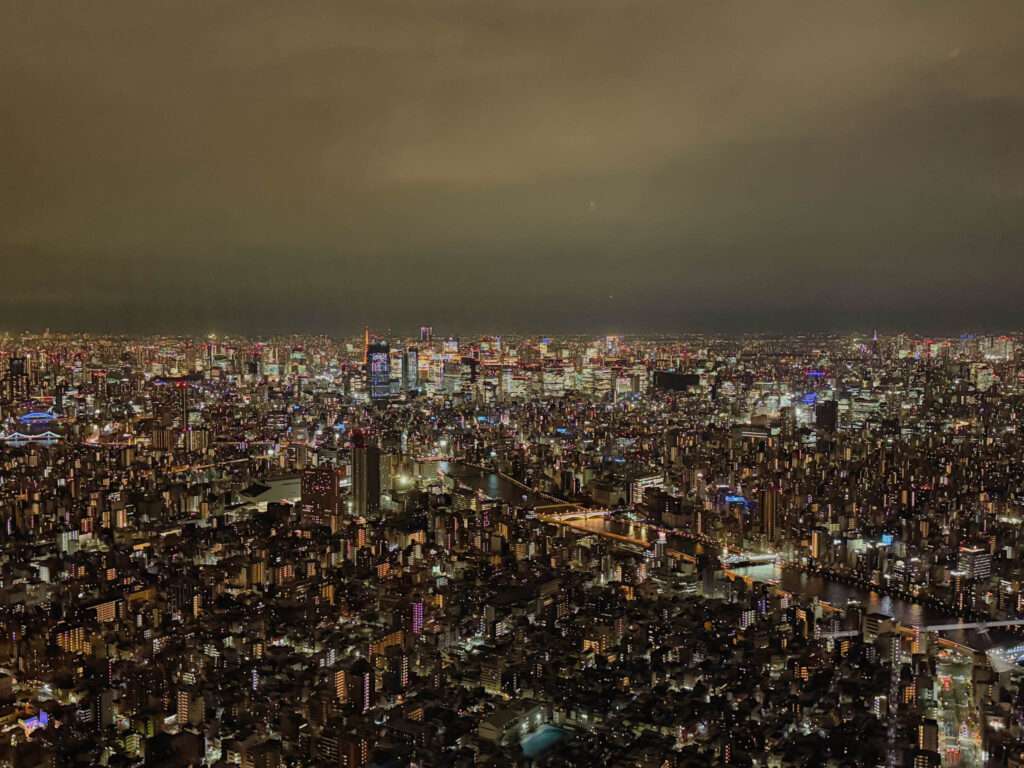
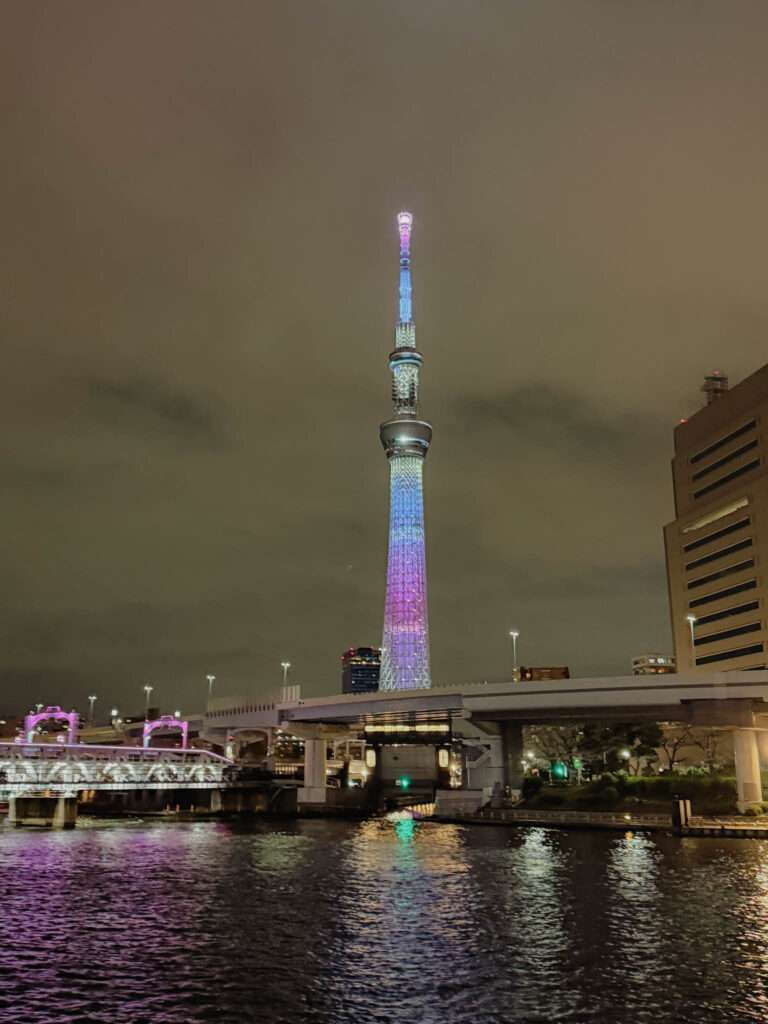
Day 2: Introduction to Palaces and Temples
Tokyo's Imperial Palace
Neighborhood:
Chiyoda
Nearest Station:
Tokyo Station
Time:
10:00 AM
Duration:
1 – 2 Hours
You can start the second day of your Tokyo itinerary by visiting the Imperial Palace and the area around. The Imperial Palace is the primary residence of Japan’s royal family and is, for the most part, closed to the public. Some parts of the palace grounds open up for different holidays. However, if you are interested in visiting the grounds of the palace, you can take a public tour that happens daily (except Mondays and Sundays) through a piece of the palace grounds. This 75 minute tour is free and requires that you show your passport to enter. It happens in both English and Japanese and is run on a first-come-first-serve basis.
The location of the Tokyo Imperial Palace was originally the site of the Edo Castle where the Tokugawa shogun rules between 1603 and 1867 when the shogun system collapsed. The shogun was the military command of Japan and while there was an emperor, the shogun really was the ruling force of the country. Under the shogun were the daimyo who ruled different parts of the country on behalf of the shogun. (This system is similar to the feudal system that occurred in Europe.) It is the emperors, shoguns, daimyo and religious leaders that primarily constructed the various palaces, castles, forts, and temples that you can visit during your time in Japan.
Today, the imperial palace is where the current Japanese royal family resides and is a symbol of Japan’s history and culture. Visiting the palace grounds is not necessary but it is still worth walking by the palace and seeing the exterior of this large and beautiful compound.
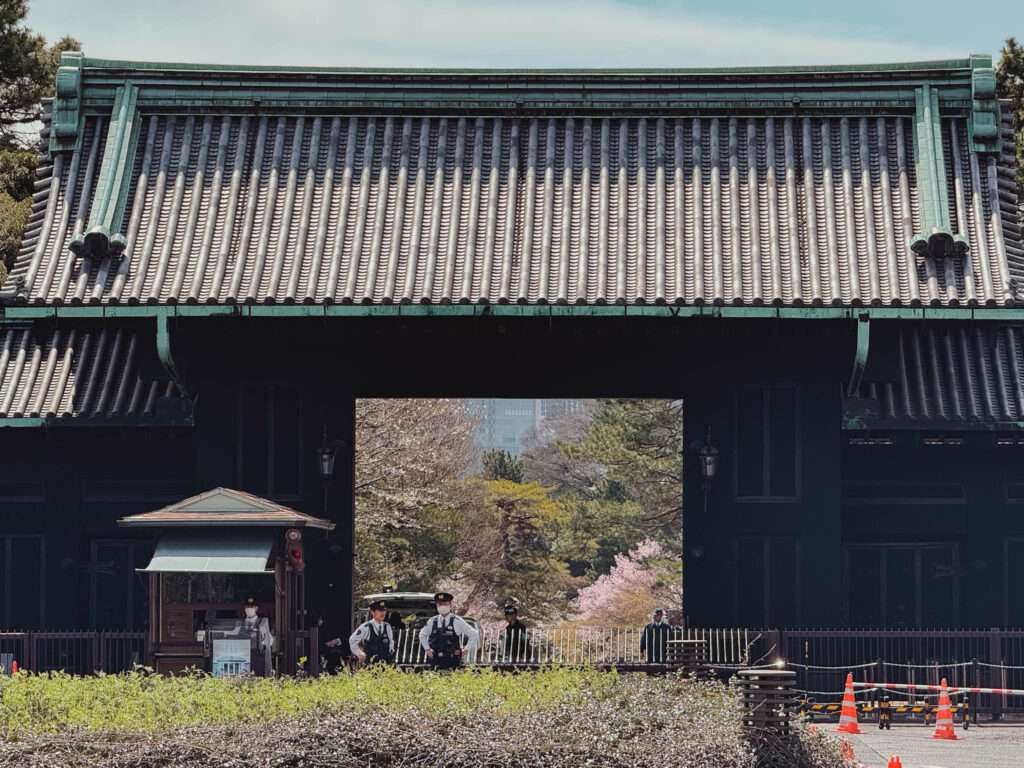
Tokyo Central Railway Station
Very close to the Imperial Palace is the Tokyo Central Railway Station, one of the main train stations here in the city. Between the palace and the train station is where most of the major businesses in Japan, especially in the financial sector, are located. This micro-area is called Marunouchi, which was previously the area where the top lords had their residences during the feudal period of Japan. Today, you can find new shopping and dining centers now that there is an influx in investment in the area.
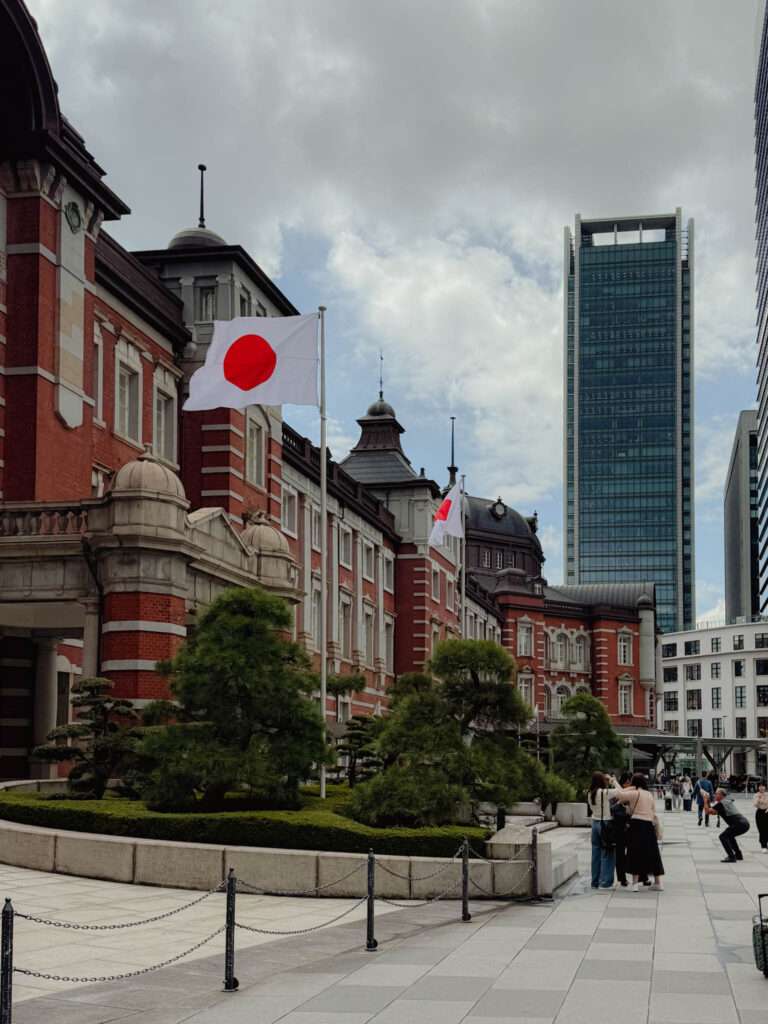
Ginza for Lunch
Neighborhood:
Ginza
Nearest Station:
Ginza Station or Yurakucho Station
Make your way to the Ginza neighborhood for lunch. This is a premiere shopping area with large buildings full of department stores, boutiques, art galleries, and restaurants.
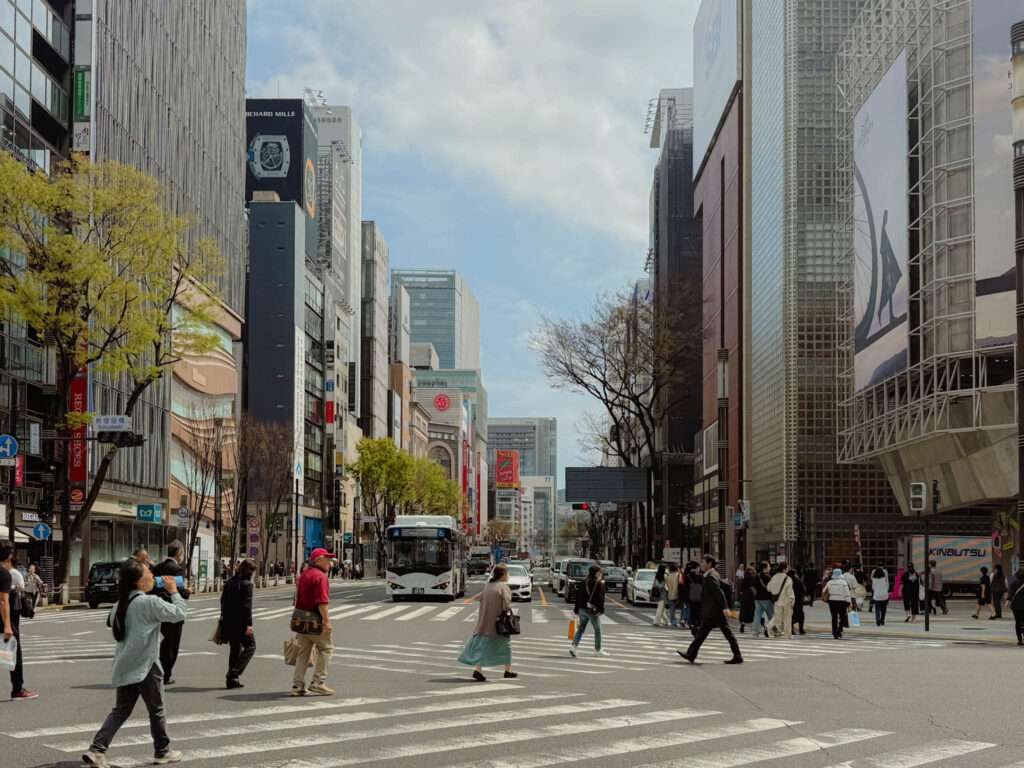
Senso-Ji Temple and Asakusa Neighborhood
Neighborhood:
Asakusa
Nearest Station:
Asakusa Station
Duration:
2-4 Hours (depending on the crowds and interest)
The Senso-Ji Temple is one of the most popular temples in Tokyo and a must-visit as part of your Tokyo itinerary. This Buddhist temple is always open but the shops on the grounds close at 5 PM. You will enter through the first gate and walk through many shops that sell souvenirs and local snacks. Then, you will go through another gate before arriving at the main shrine. You will see many people participating in prayers and wishes at the shrine and anyone is invited to participate.
Around the shrine, you will also have the opportunity to purchase incense to make wishes or get various fortunes. (If you get a negative fortune, make sure to tie it up on the provided places so it does not come true.) You can also purchase an Ema, a wooden plate where you can write your wish or keep it as a souvenir.
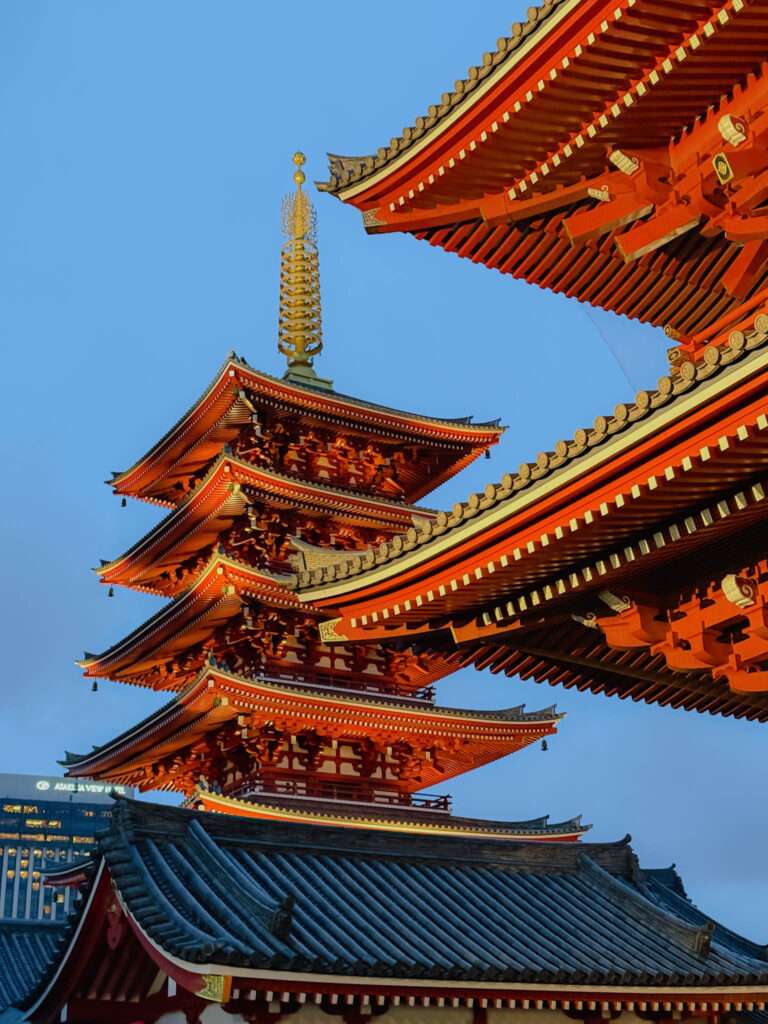
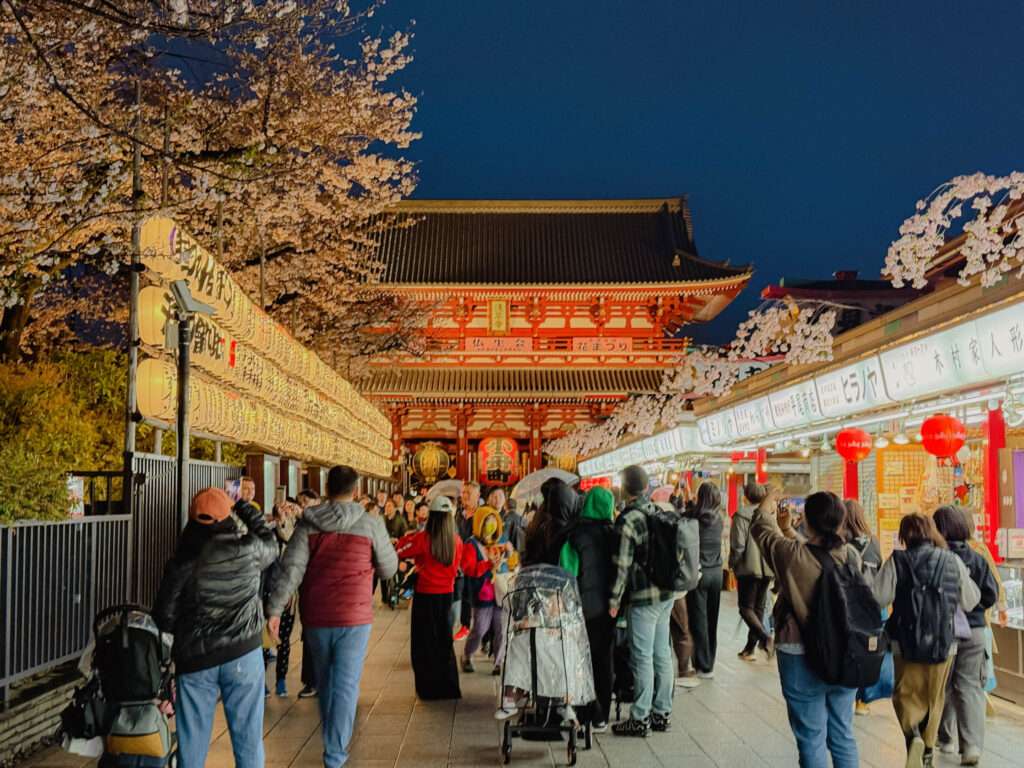
Rokku Entertainment District and Asakusa Izakayas
After visiting the temple, head to the Rokku Entertainment District just to the west of the temple. This area used to be the top entertainment and theater part of Tokyo but it has not regained its popularity since after its destruction in World War II. Today, you can find small streets full of izakayas and other traditional Japanese cuisine. Izakayas are local Japanese pubs where you will find young people drinking beer or other local drinks and eating snack-like foods. This is a great place to stop for a little snack, drink, and enjoy local culture.
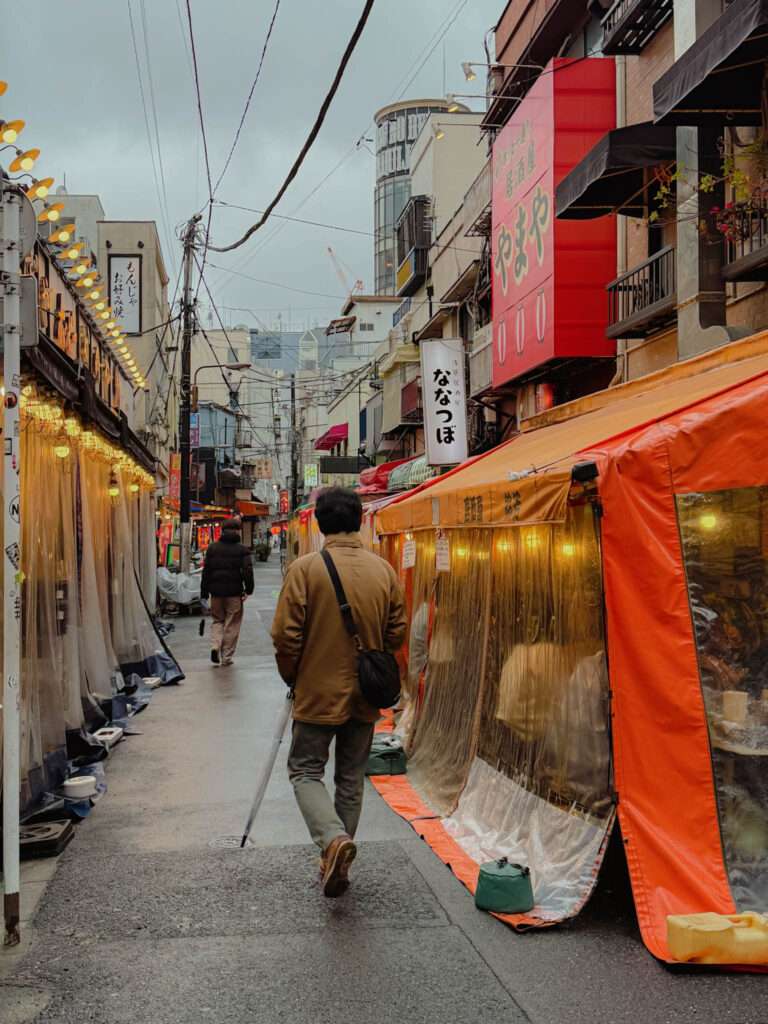
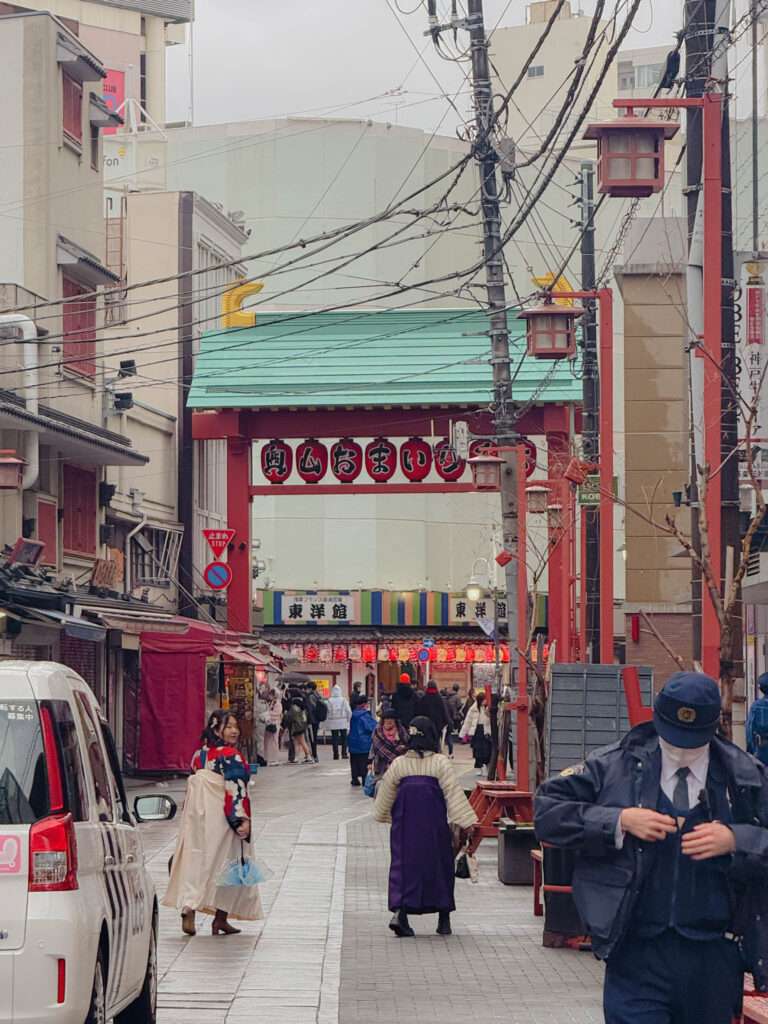
Odaiba Marine Park
Neighborhood:
Odaiba
Nearest Station:
Roppongi Station
Duration:
1 Hour or More
After visiting the Senso-Ji Temple, make your way to Sumida Park. This park is especially beautiful during the cherry blossom season as it is lined with Sakura trees. Here, you will take a boat with Tokyo Cruise to the Odaiba neighborhood on the far edge of the city. Odaiba is an artificial island that was constructed in Tokyo Bay and is a newer entertainment district within Tokyo. This boat trip from Asakusa to Odaiba is a great way to see the city from the water. We recommend taking the late afternoon cruise around 4:20 PM to arrive in Odaiba around 5:10 PM. You should purchase your ticket in advance here, especially if you are traveling to Tokyo during the peak seasons of the spring or the fall.
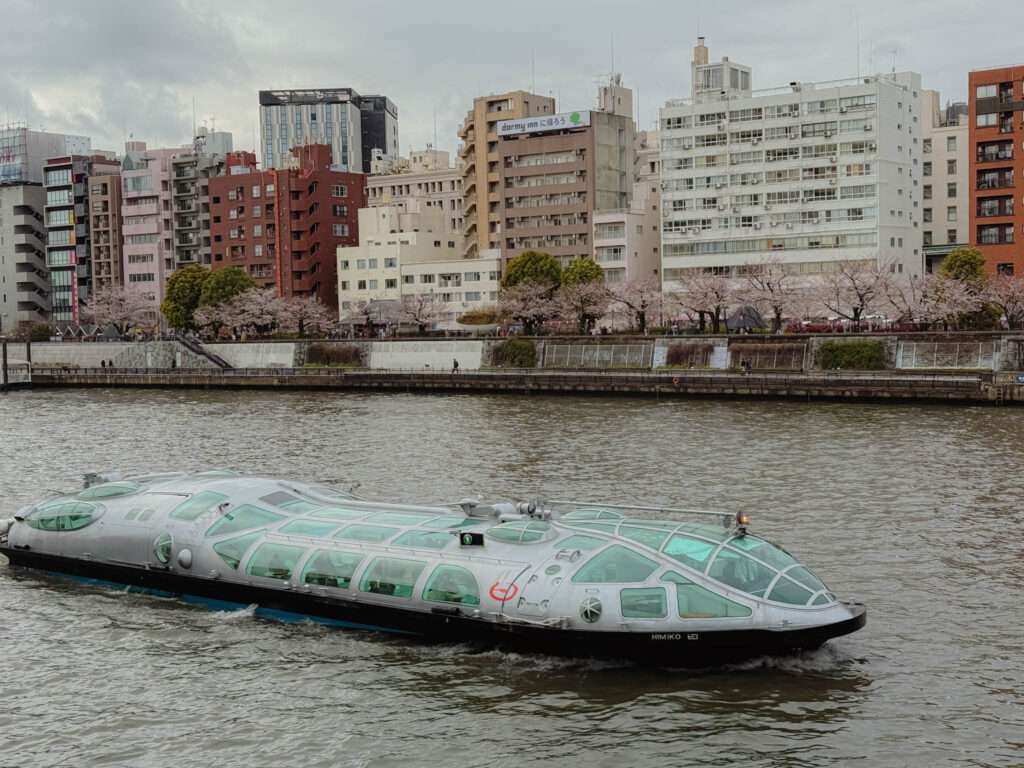
Once you arrive in Odaiba, you can walk around the water front, visiting the park that looks out onto the river to see the miniature statue of liberty and the bridge that connects Odaiba to the rest of Tokyo. In Odaiba, you can also look into exploring teamLab Planets Tokyo, an interactive art museum with rooms full of visual effects that take you to a different world. You will need to purchase tickets in advance here.
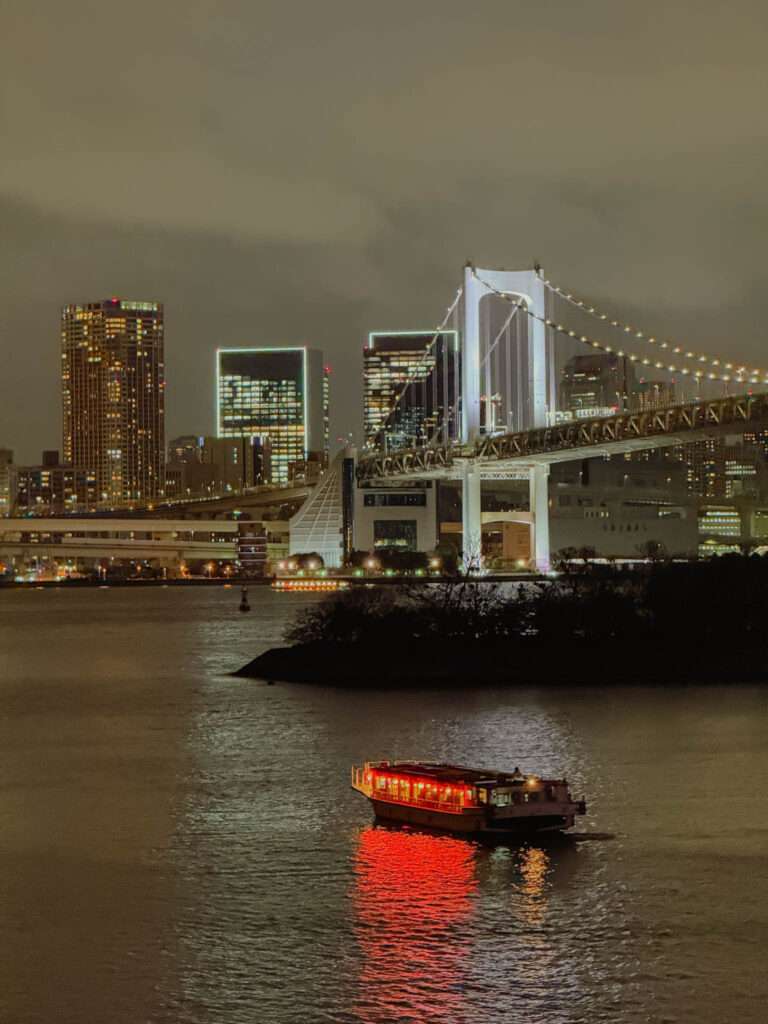
Monjayaki for Dinner
Neighborhood:
Tsukishima
Nearest Station:
Tsukishima Station
Tsukishima Monja Street is a unique destination for dinner where you will have the opportunity to try a local specialty, monjayaki. This is a pan fried batter (similar to a large pancake) that is covered in cabbage, meat, seafood, cheese, etc. The food is all cooked on a griddle in front of you at the table and it is eaten right off the pan. It’s really a delicious dining experience. Tsukishima Monja Street is a full street lined with restaurants that specialize in the monjayaki dish. You can pick any restaurant here to try this meal. One monjayaki is enough food for two people.
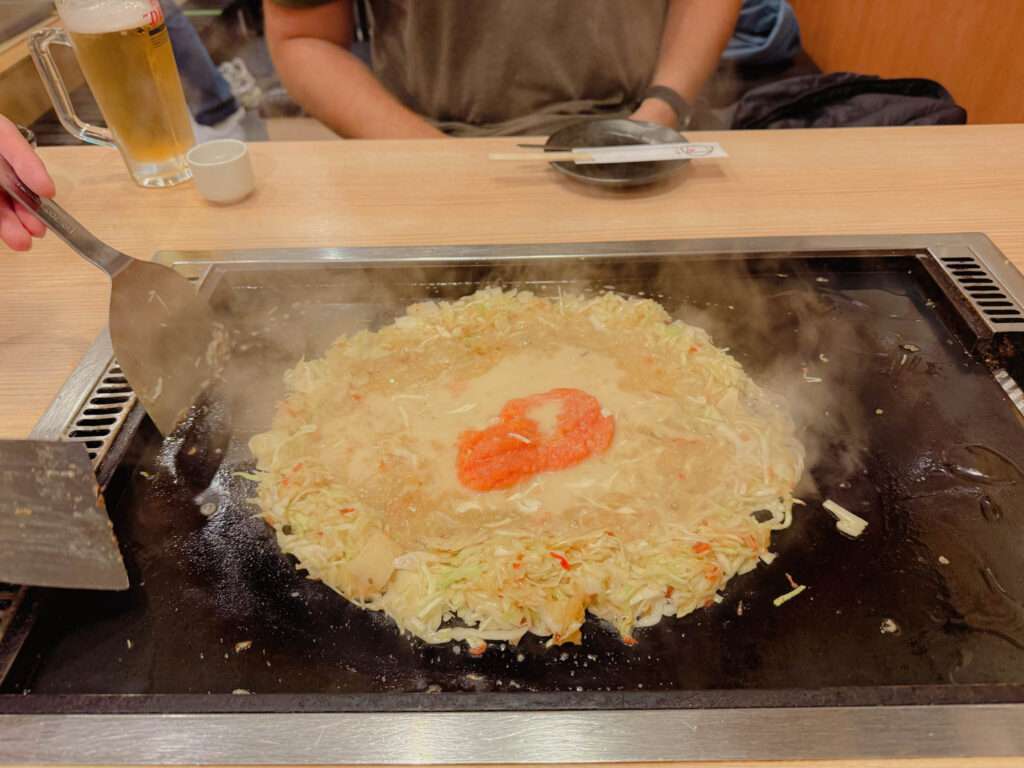
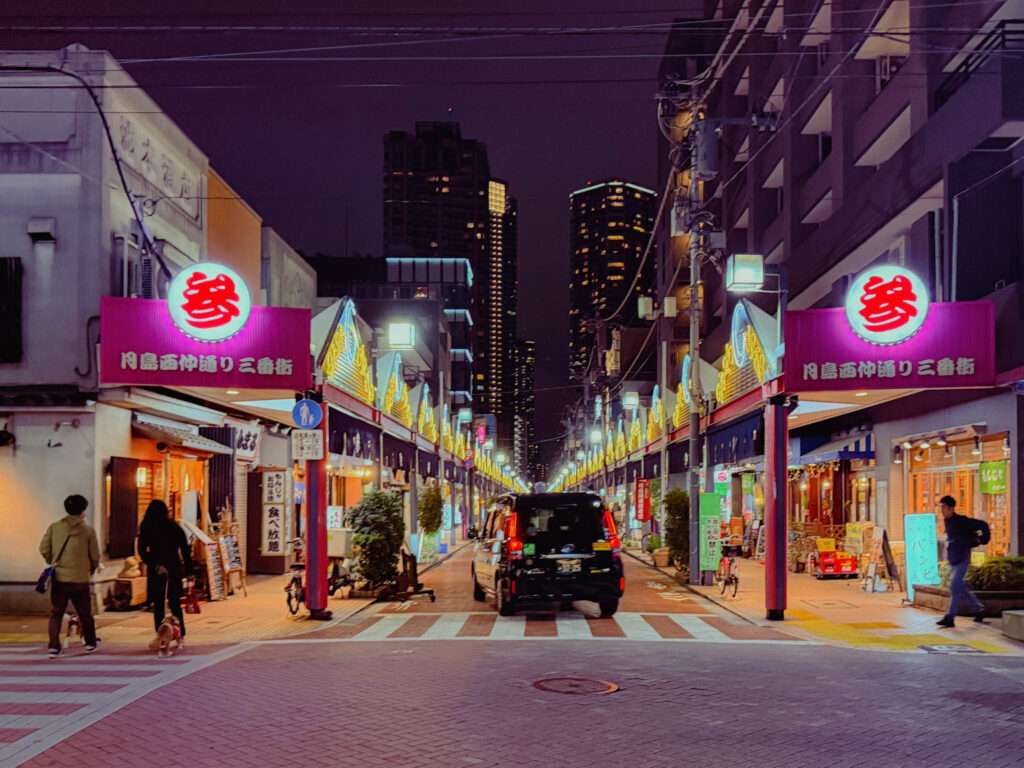
Day 3: Modern Tokyo Culture
Shinjuku Gyoen National Garden
Neighborhood:
Shinjuku
Nearest Station:
Shinjuku Station
Time:
8-9:00 AM
Duration:
1 – 2 Hours
To start day 3 of your 5 day Tokyo itinerary head to the Shinjuku Gyoen National Garden. The Shinjuku Gyoen National Garden is one of the premier places in Tokyo to see the cherry blossoms in the spring or the fall foliage in the fall in Tokyo. People line up an hour prior to the opening of the park to be able to find the best trees to take photos, especially during the Sakura season. You will purchase your ticket to the garden at the entrance of the park. The park is large so explore the different parts of the park and participate in the local culture of taking in the beautiful nature.
The Importance of Sakura Flowers
Sakura season (cherry blossom season) happens in the spring around mid March and is an incredibly important season in the Japanese culture. You will see the cherry blossom plant and flower represented in different motifs around Japan in both historical and current representations. The flower has many deep meanings to the Japanese people but most simply, it indicates the start of a new year and a new season of life. The short life and impending death of the flower show that time and beauty are fleeting. It is a cultural rebirth that is valued and celebrated every year. You will find people picnicking and laying under the trees and it is the time of year that many people take family, marital, or individual photos with the cherry blossoms in the background.
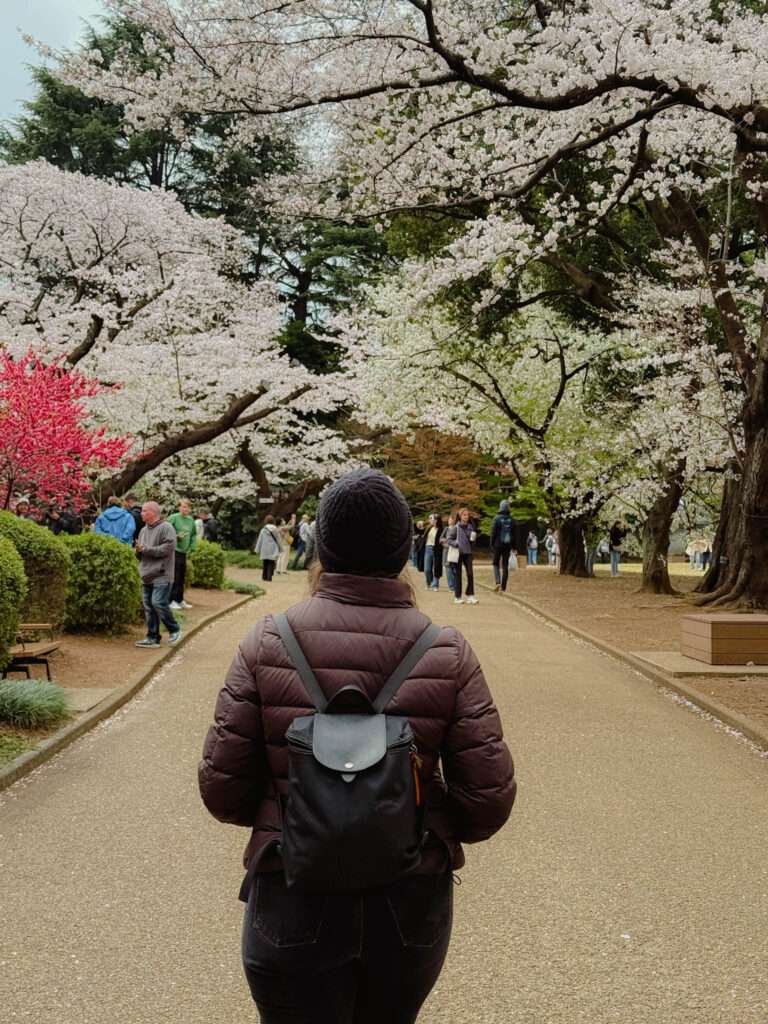
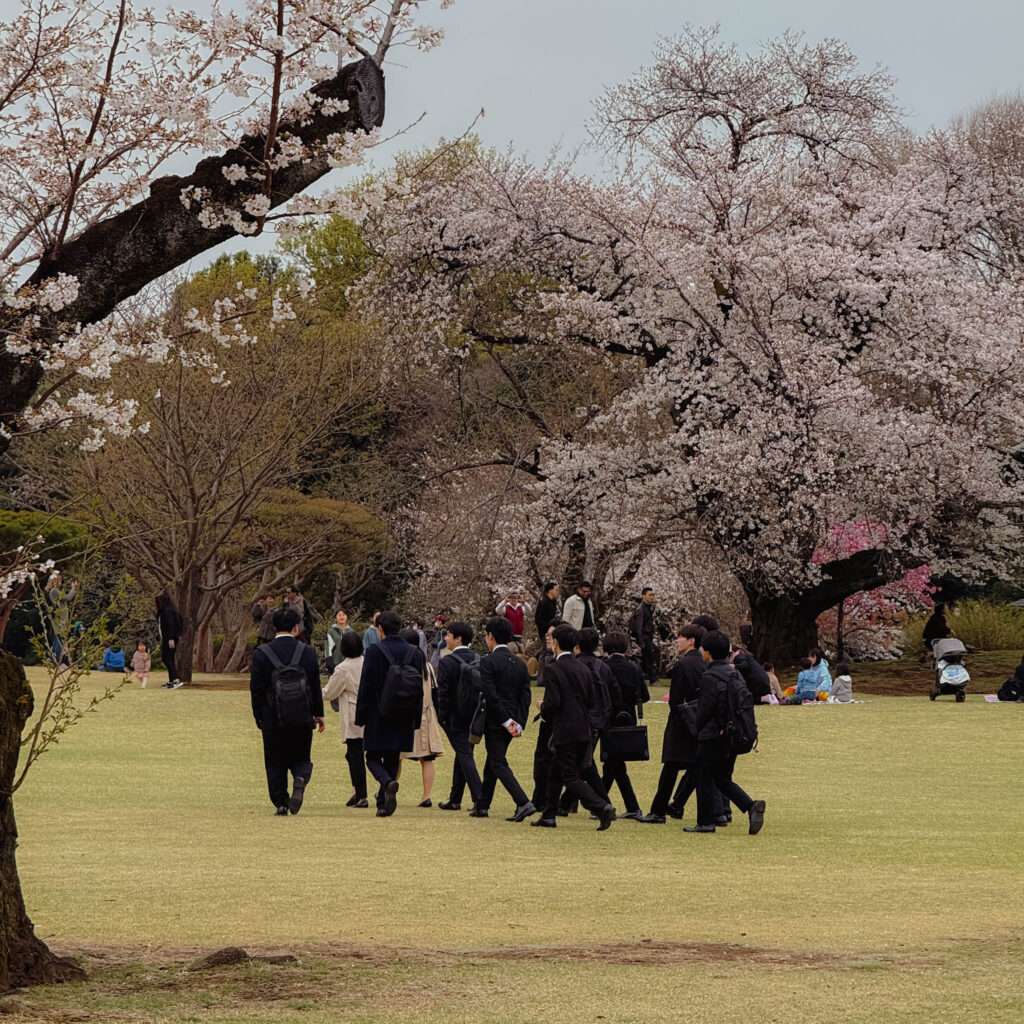
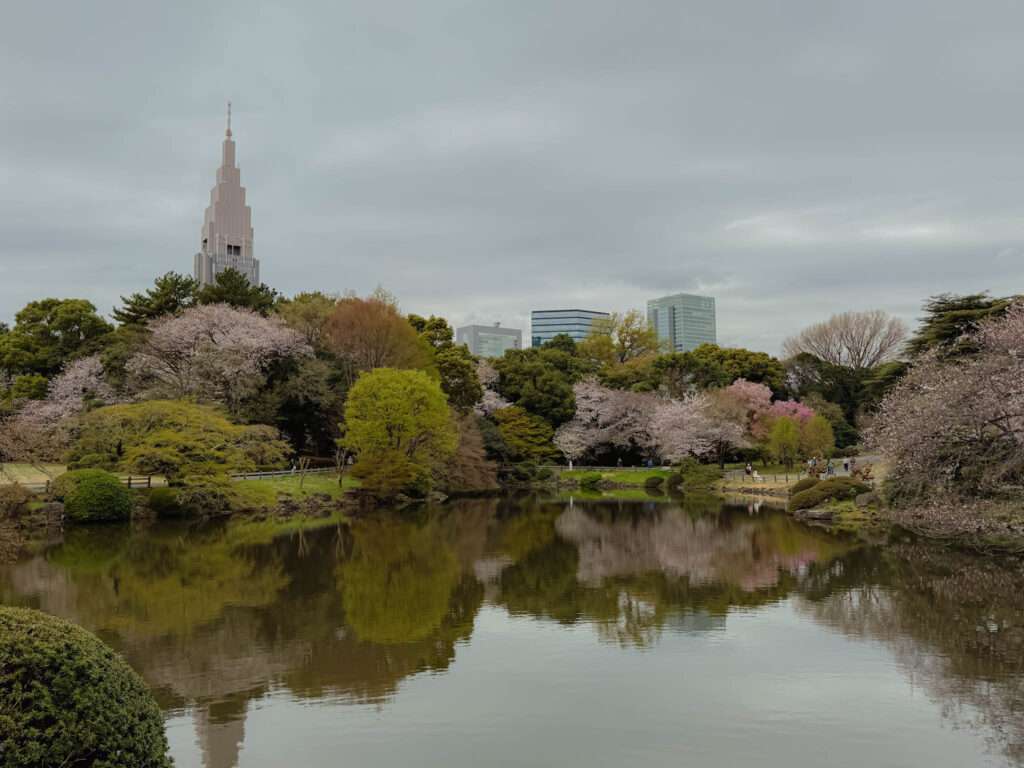
Optional Viewpoint: Tokyo Metropolitan Government Building Observation Decks
Neighborhood:
Nishishinjuku
Nearest Station:
Shinjuku Station or Tocho-mae Station
After exploring the garden, head to the Tokyo Metropolitan Government Building where they have two observation decks that are open to the public. These decks are free to the public and give you a 360 view of Tokyo. On a good day, you can see Mount Fuji, the Tokyo Skytree and the Tokyo Tower.
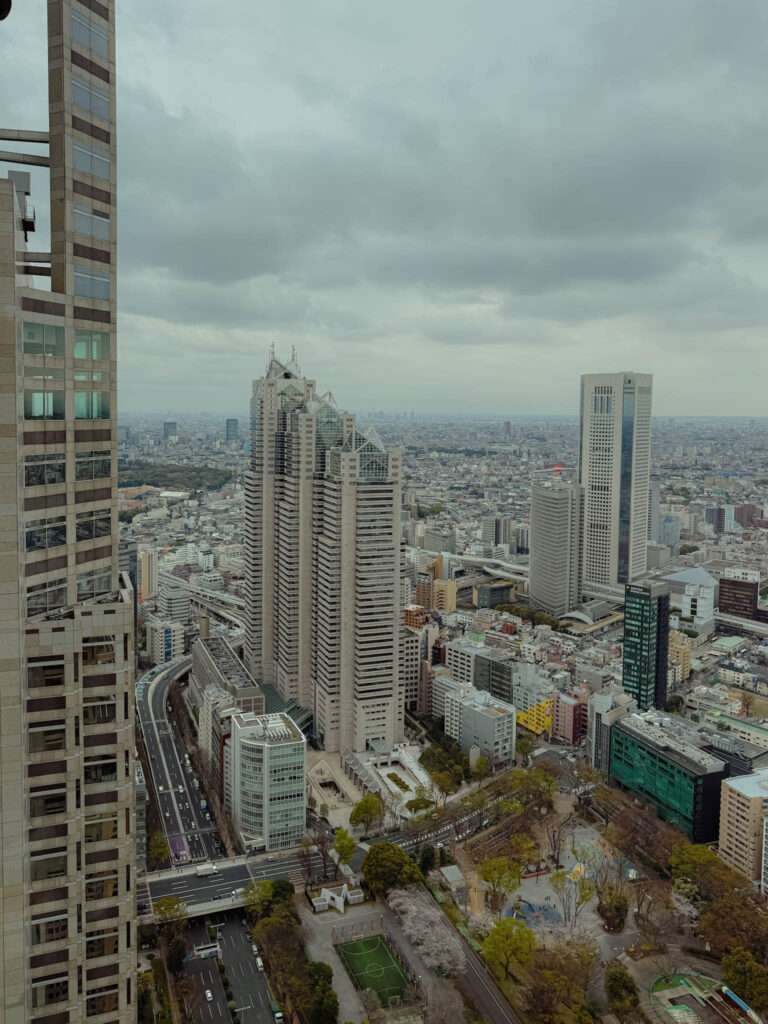
Meiji Jingu Shrine
Neighborhood:
Shibuya
Nearest Station:
Harajuku Station
Duration:
2-3 Hours
The Meiji Jingu Shrine was built in the early 1900s and dedicated to the Emperor Meiji, the first emperor of modern Japan. To get to the shrine, you have to walk through a beautiful forest. In contrast to the colorful Senso-Ji temple, the Meiji shrine is primarily beautiful wood. You will also find a large wall of sake barrels that have been donated to the shrine along with barrels of French wine. This symbolizes the culture and modernization that was developed by Emperor Meiji along with the newfound friendship and ties to the “western” world through France.
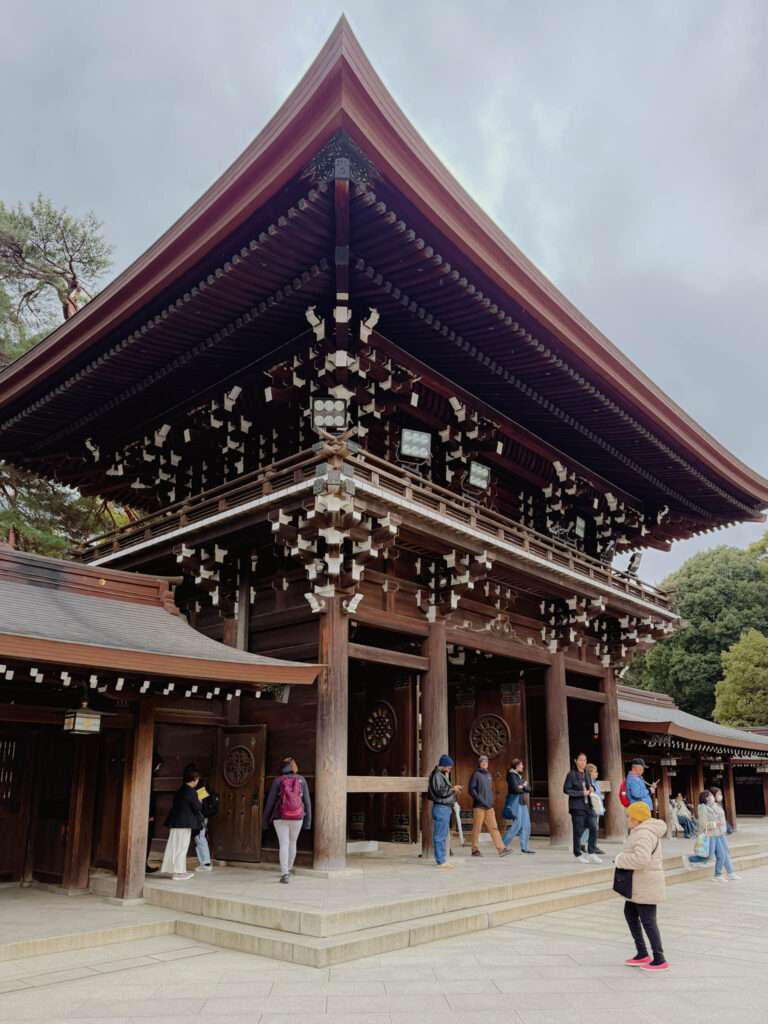
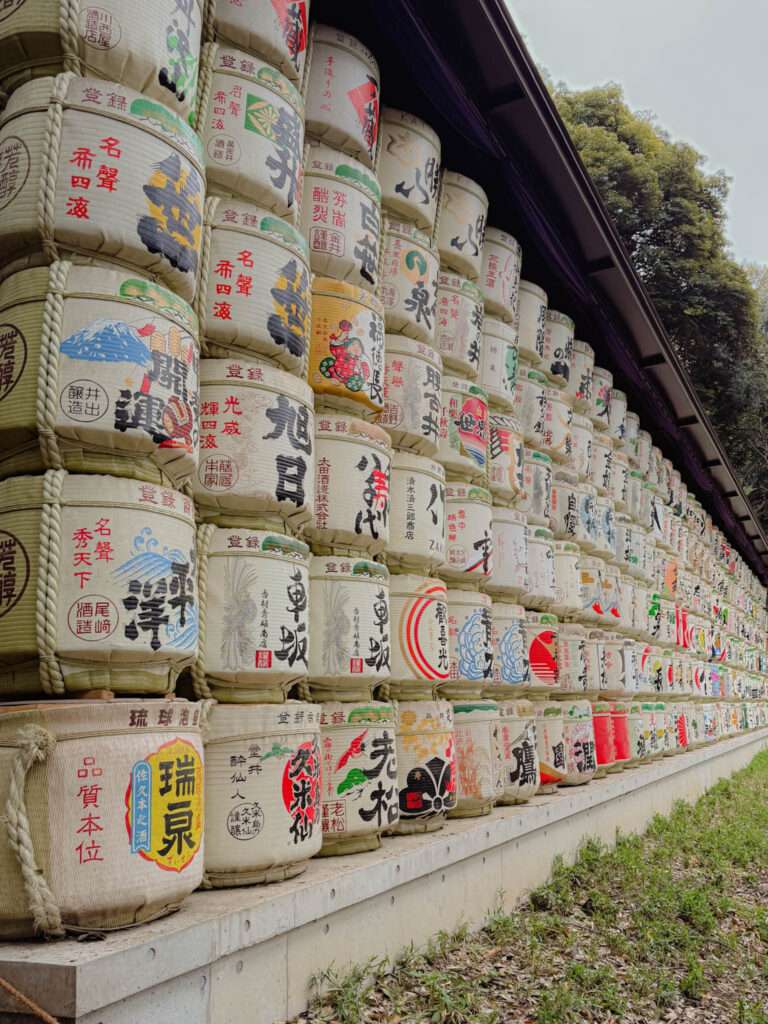
Takeshita Street (Harajuku Area)
Neighborhood:
Shibuya
Nearest Station:
Harajuku Station
The Harajuku area of Tokyo is the center of cosplay and teenage culture. The focal point of this culture is Takeshita Street, which is often packed full of people. On this street, you can find different cafes (many animal cafes) and shops that focus on the local teenage propensity and culture in Tokyo. It’s a must-visit as part of your Tokyo itinerary. For those looking for more adult shopping, head to Omotesando, although it is worth walking through Takeshita Street to feel the youthful energy of the city.
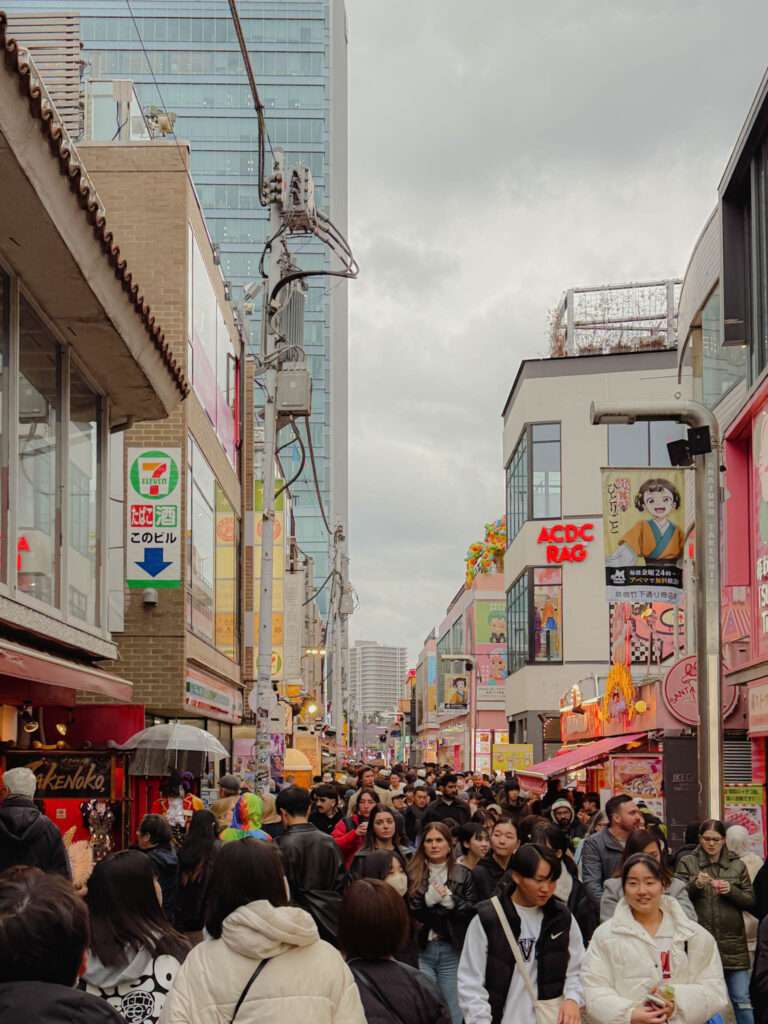
Shibuya Crossing
Neighborhood:
Shibuya
Nearest Station:
Shibuya Station
The Shibuya Crossing (or the Shibuya Scramble) is the busiest crosswalk in the world. Today, it is a tourist phenomenon and can be experienced in a few different ways.
- Have fun walking back and forth with the crowds in the crosswalk (This is a required activity to include in your Tokyo itinerary!)
- Go up to the Shibuya Sky viewpoint to see the crossing from above along with views of the city around you
- Take a go-karting tour through the Shibuya neighborhood where you will get to drive through the crossing
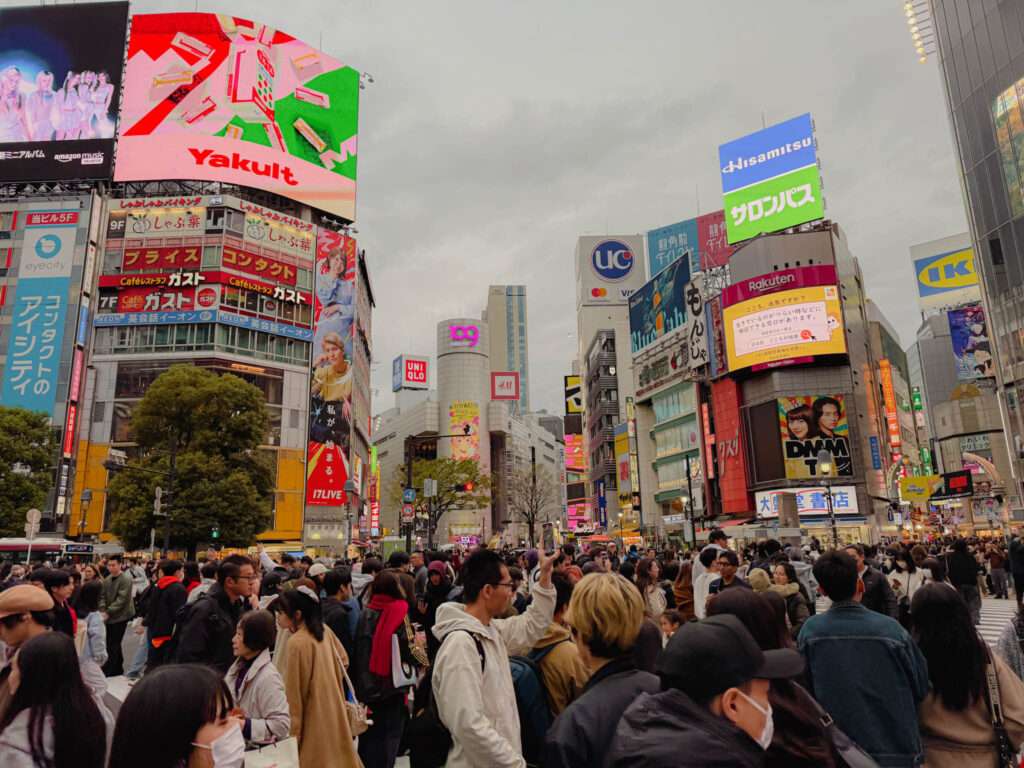
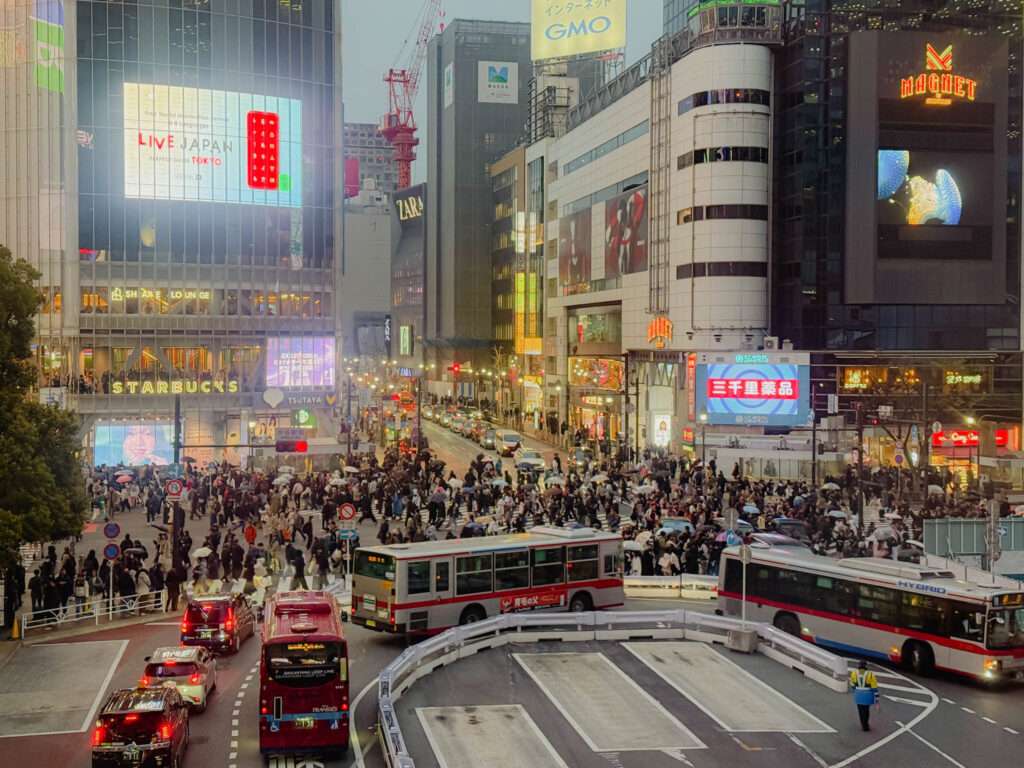
Nightlife Option 1: Meguro River Cherry Blossoms Promenade
Neighborhood:
Meguro
Nearest Station:
Naka-Meguro Station
If you are visiting Tokyo during cherry blossom season, make your way to the Meguro River Cherry Blossom Promenade. This is a walk along a small river that is lined with sakura trees. During the peak cherry blossom season, there is a large street celebration here where people walk along the promenade and take photos and vendors sell strawberries, drinks, and other foods that celebrate this season. It is especially popular at night when the trees are lit up with lanterns. If you are visiting during the cherry blossom season, we recommend prioritizing this walk as part of your Tokyo itinerary.
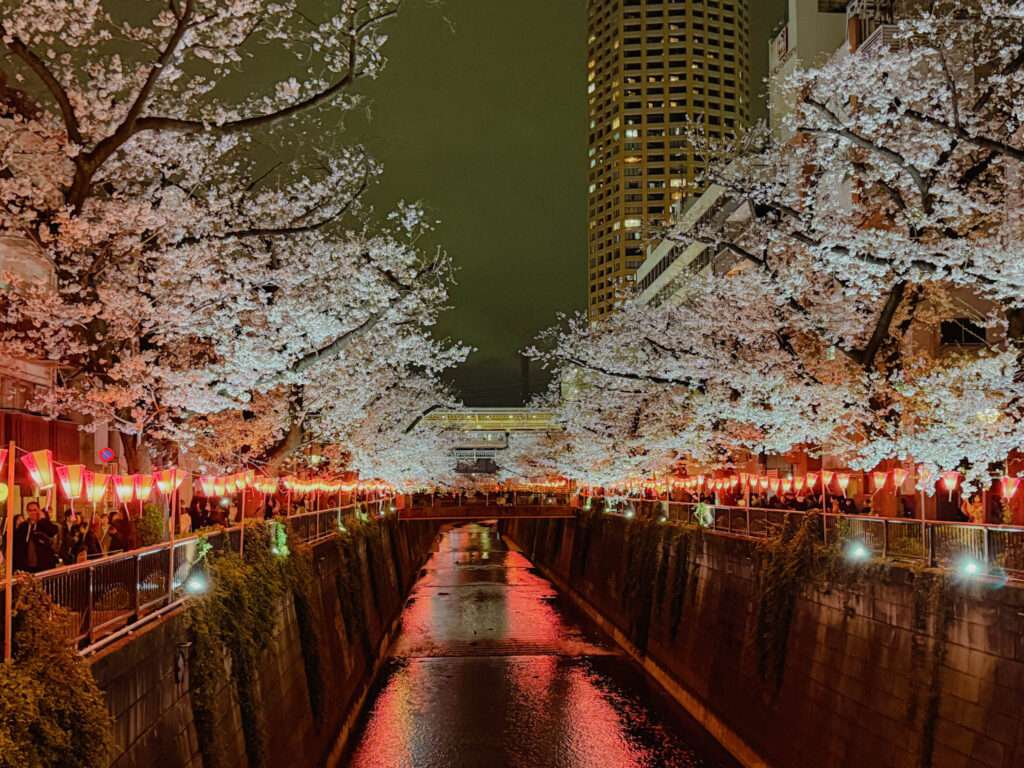
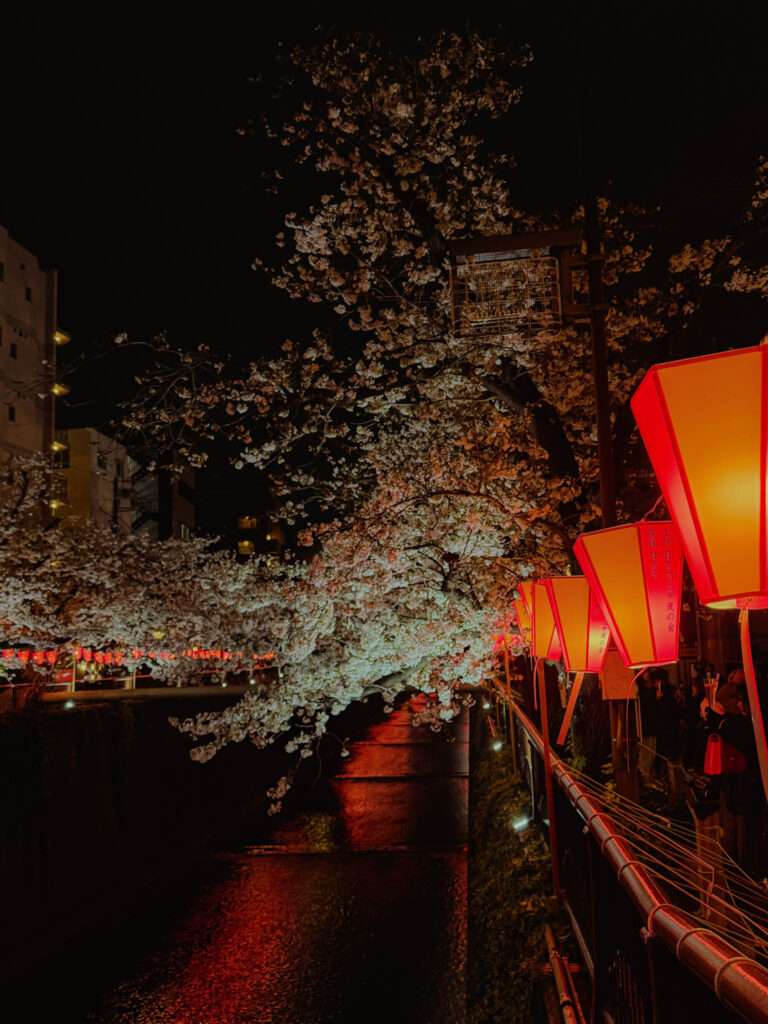
Nightlife Option 2: Shinjuku Golden Gai
Neighborhood:
Shinjuku
Nearest Station:
Shinjuku Station
Shinjuku Golden Gai is a nightlife district of Shinjuku full of tiny bars, some of which are by invite only while others a friendly to tourists and foreigners. Its a great place to wander to experience some of this unique nightlife culture. The bars are typically not open until 10 PM but you can also find some food spots within these alleys.
You can also explore this area through this Shinjuku Nightlife Free Walking Tour for those who want more of a guided experience through the nightlife of Tokyo.
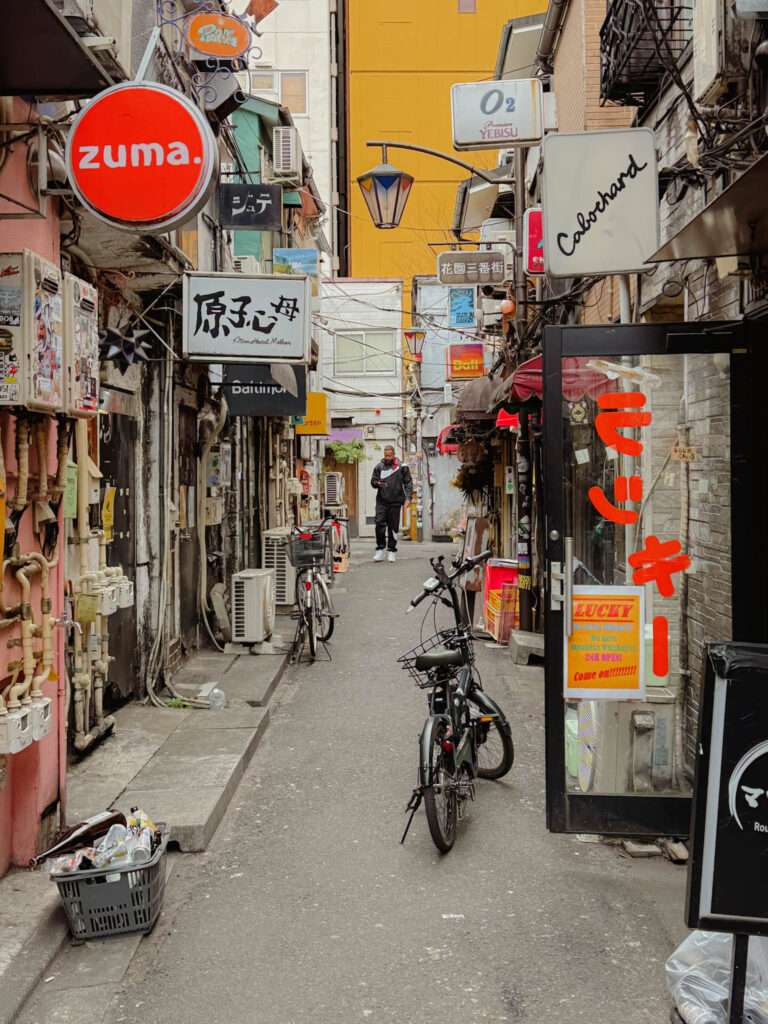
Day 4: Sushi and Sumo
Tsukiji Fish Market
Neighborhood:
Tsukiji
Nearest Station:
Tsukiji Shijo Station
Time:
6:00 AM
For the fourth day of your Tokyo itinerary, we recommend waking up very early to visit the Tsukiji fish market. The Tsukiji fish market is a location where fishermen sell their wholesale seafood to chefs around Tokyo. The inner Tsukiji fish market that was famous for its enormous tuna fish auctions closed in 2018 and auctions are now done at the Toyosu market. However, the outer market is still open and is a popular tourist destination for fresh sushi and other food. There are many tour buses that make a stop at this market so we recommend visiting the area as early as possible (around 6 AM) to be able to walk around freely and have access to the freshest sushi. You can hop into some of the restaurants to indulge in a sushi meal (which is typically less expensive than the sushi that is sold directly on the street). There are other street foods that you can purchase to sample throughout your walk around the market.
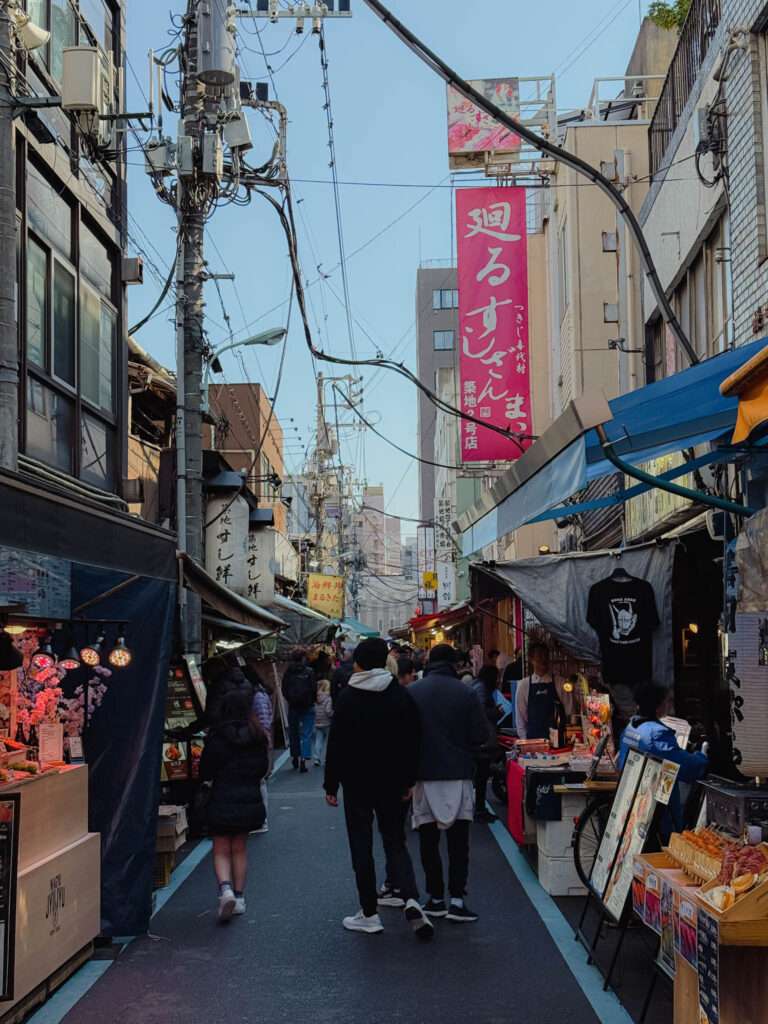
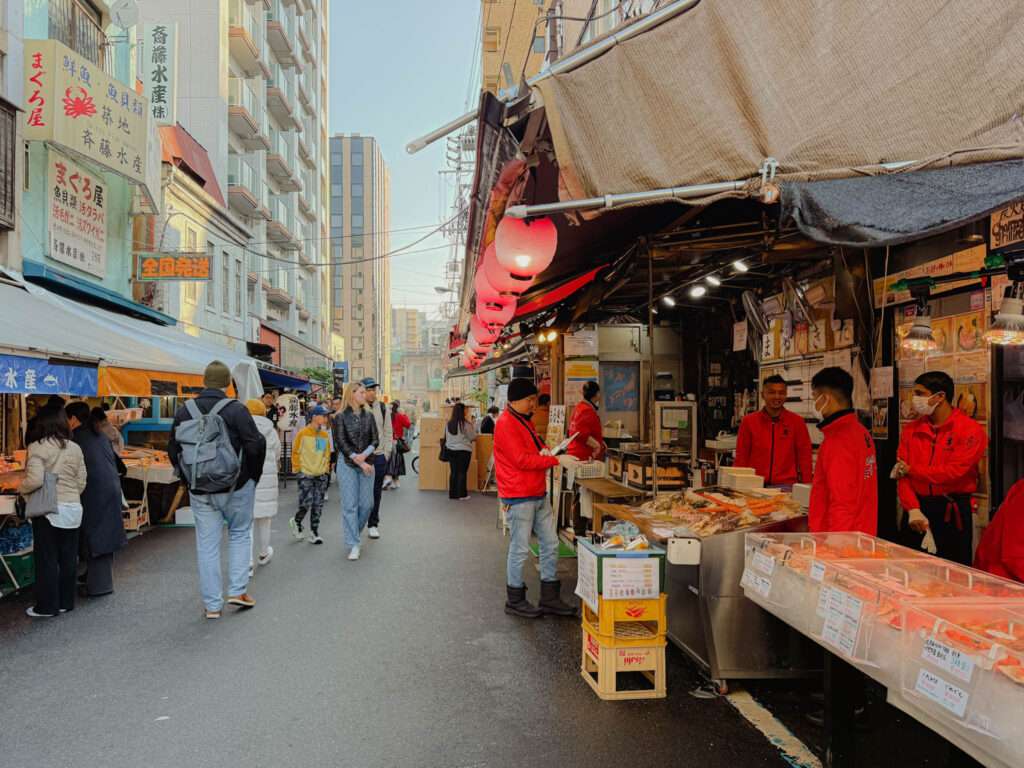
Ryogoku Kokugikan
Neighborhood:
Ryogoku
Nearest Station:
Ryogoku Station
Tokyo is the center of the sumo wrestling world and you can visit the exterior of the main sumo arena. The facilities also have a free museum that you can visit to learn more about the sumo wrestlers. Major national tournaments are held here in January, May and September and the stadium holds 10,000 people (you can try to get a ticket to the tournament). Otherwise, you can look into tours that take you to the sumo stables where the wrestlers train and live or the sumo experience that we describe below.
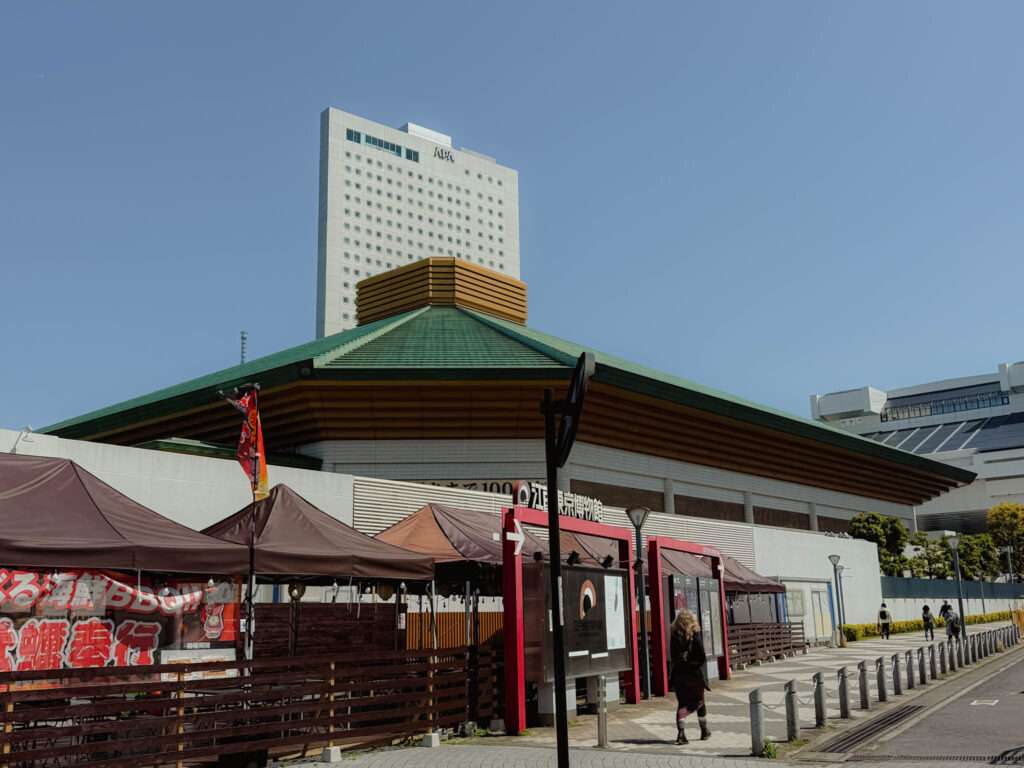
Sumo Lunch Experience
Neighborhood:
Sumida City
Nearest Station:
Kikukawa Station
Duration:
2 Hours
The Sumo Lunch experience is a presentation of the sumo wrestling practice. The experience includes a meal that is typically prepared and eaten by sumo wrestlers when they are training. They also present various wrestling techniques and explain the training structure and hierarchy of the sumo wrestling practice. It is both entertaining and incredibly informative and a great experience for families. If you do not want to attend the lunch experience, you can also look into the dinner experience, which is very similar.
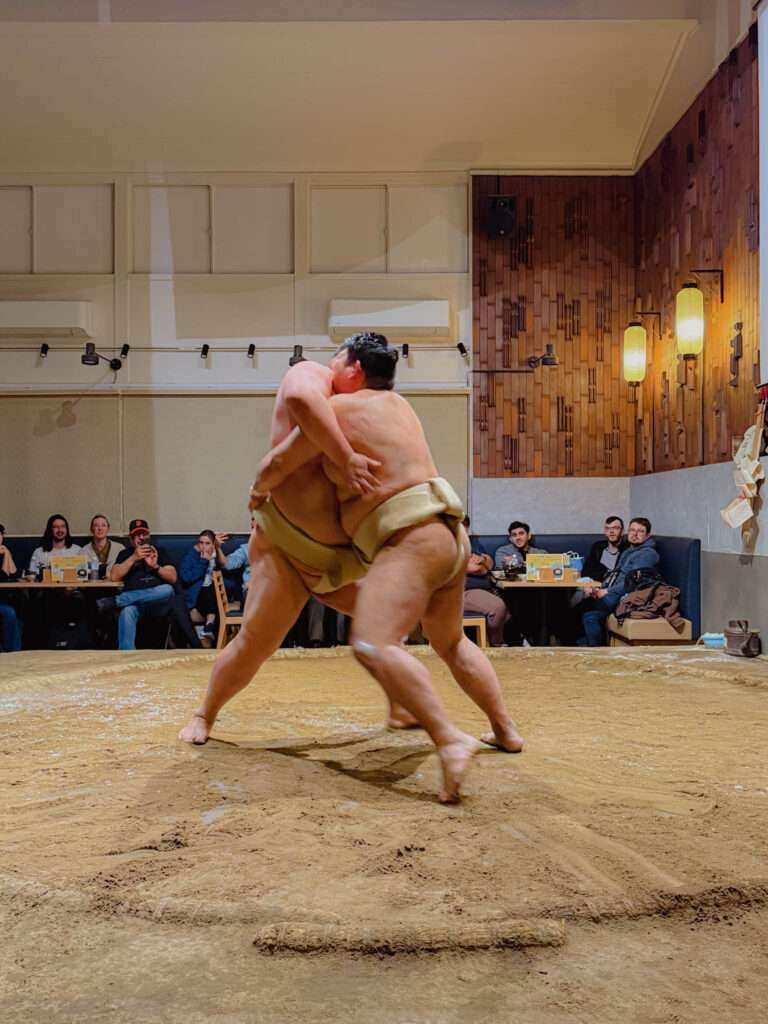
Tokyo City View
Neighborhood:
Roppongi
Nearest Station:
Roppongi Station
Duration:
1 Hour
If you want to visit a viewpoint during the daytime, we recommend making your way to the Tokyo City View observation deck. This tower has amazing views of the city, especially the famous red and white Tokyo Tower.
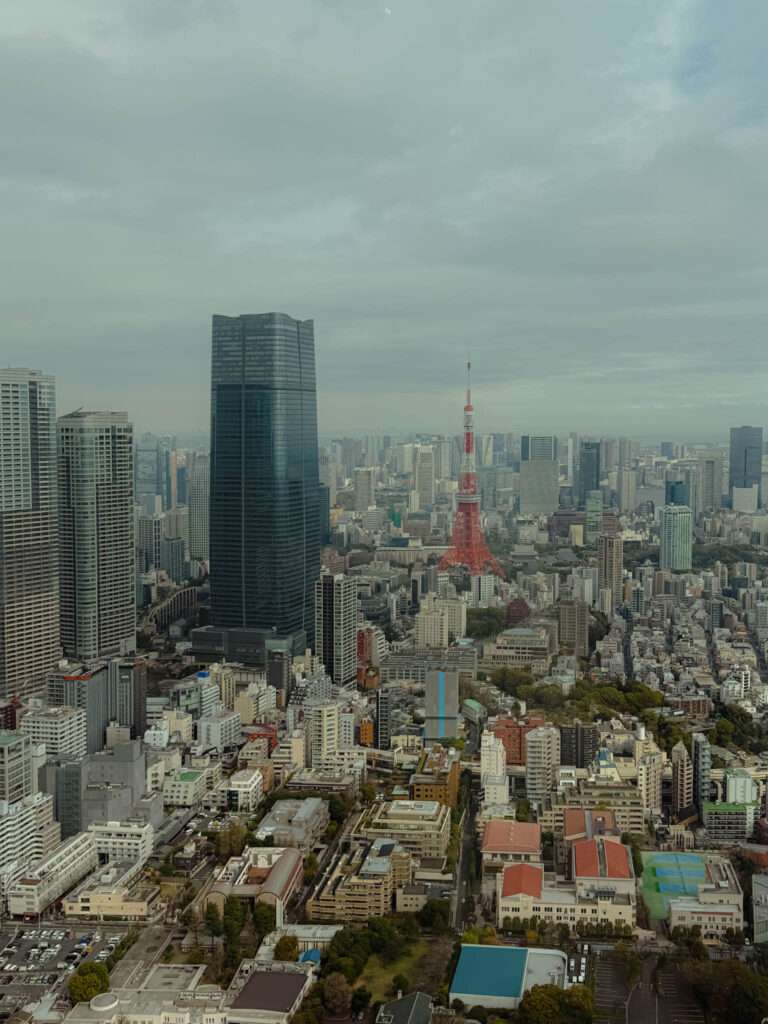
Shopping and Dinner
End your time in Tokyo city with a beautiful dinner of your choosing and shopping in a district that entices you. There are so many different neighborhoods to wander through and become enchanted with.
You can also look into other tours by Tokyo Localized based on your own cultural interests.
Day 5: Day Trip Options
For your final day of your 5 day Tokyo itinerary, you have a few different options to consider with regards to day trips outside of Tokyo. Each of these are incredibly different and depend on your interests and desires for your trip to Japan.
Nikko
Distance from Tokyo:
1.5 Hours
Nikko is a town outside of Tokyo that is famous for its numerous Buddhist and Shinto shrines. The town can be visited as a day trip from Tokyo and while you can visit this with a tour, we recommend doing this trip independently to best avoid the large crowds that you may find here.
You can read more about visiting Nikko here.
Tokyo Disney
A huge attraction to visiting Tokyo is heading to Tokyo Disney, especially those who are traveling with kids. You can get to the park entrance using the local metro system, making it easy to access directly from Tokyo.
Fujikawaguchiko (1 or 2 Days)
Distance from Tokyo:
1.5 Hours
To see Mount Fuji up close, you will want to head to Fujikawaguchiko. While the town can be experienced as a day trip or a guided tour from Tokyo, we recommend spending one night here to experience the magic of this quiet part of Japan (after the tour groups leave).
You can read more about visiting Mount Fuji and Fujikawaguchiko here.
Kusatsu (2 Days)
Distance from Tokyo:
2.5 Hours
Just a train ride away from Tokyo is Kusatsu, a mountain onsen town that is fed by local hot springs. The best thing to do here is relax and visit a few of the onsens, so we recommend spending the night to take advantage of this wonderful village.
You can read more about visiting Kusatsu here.

